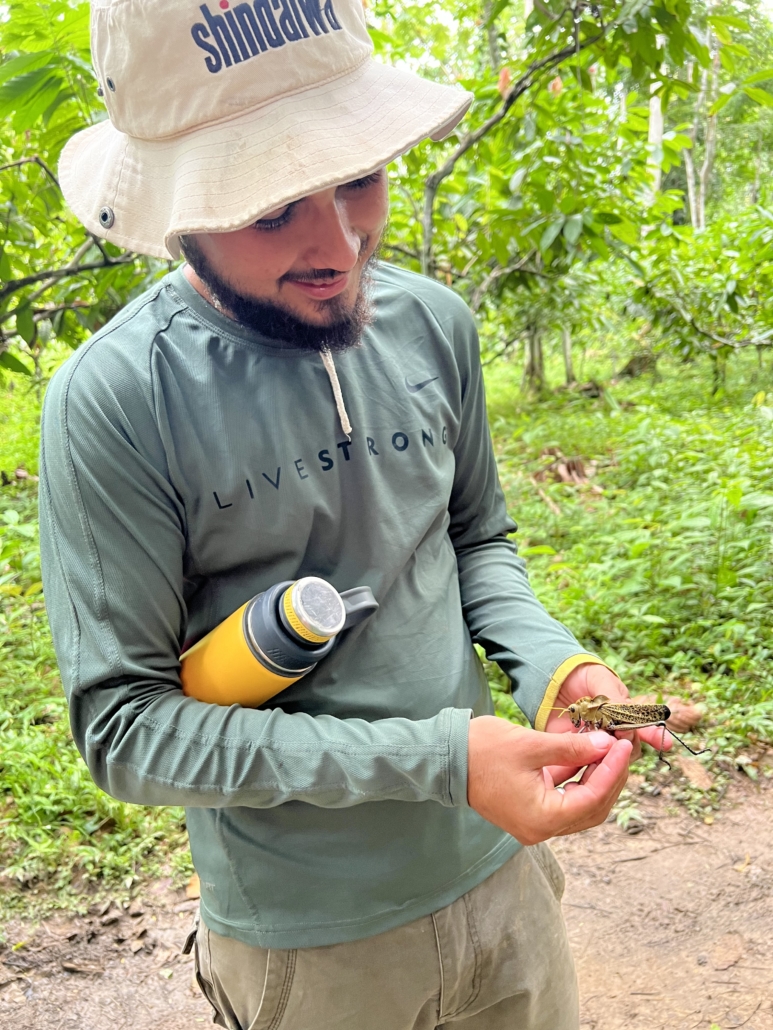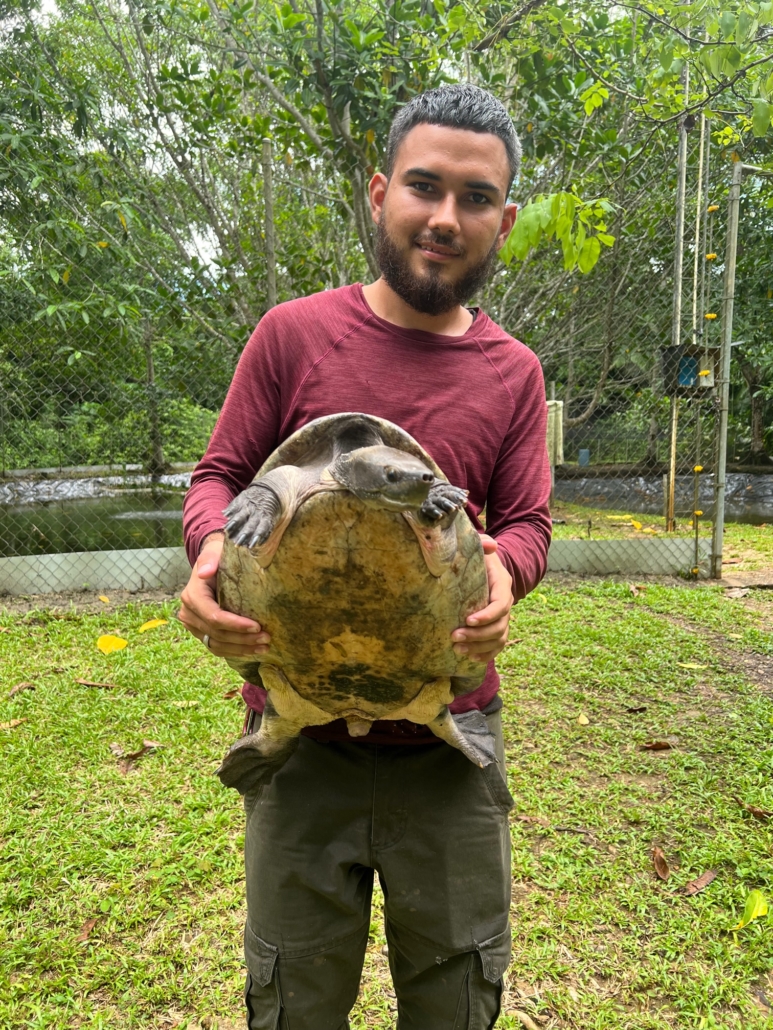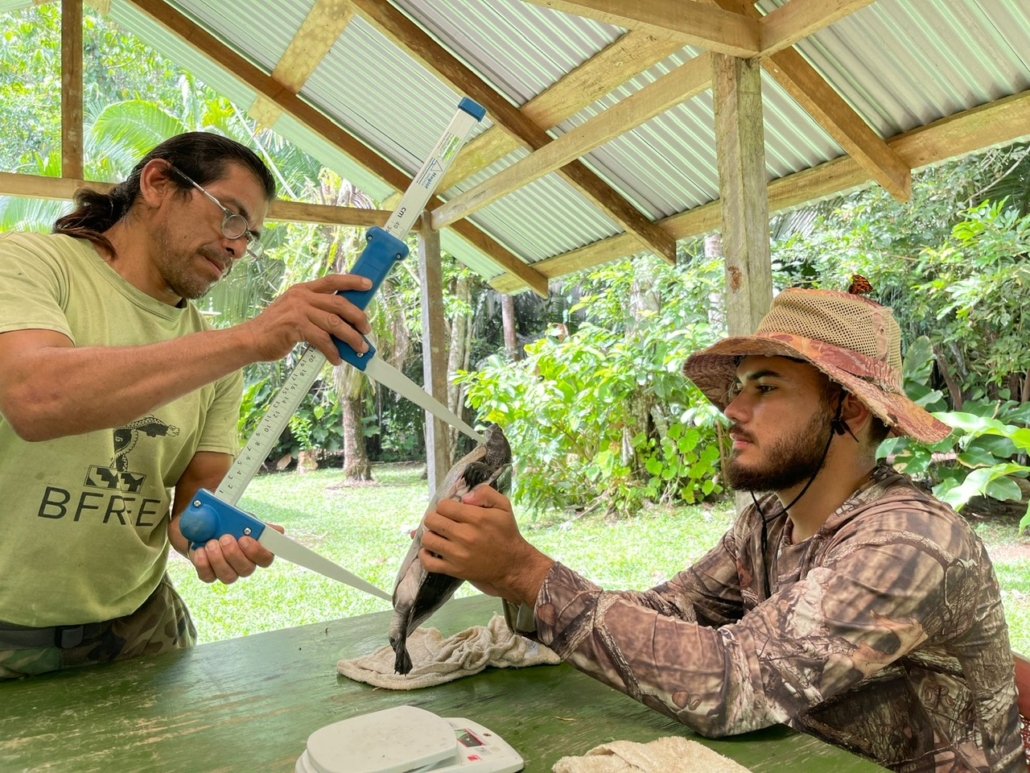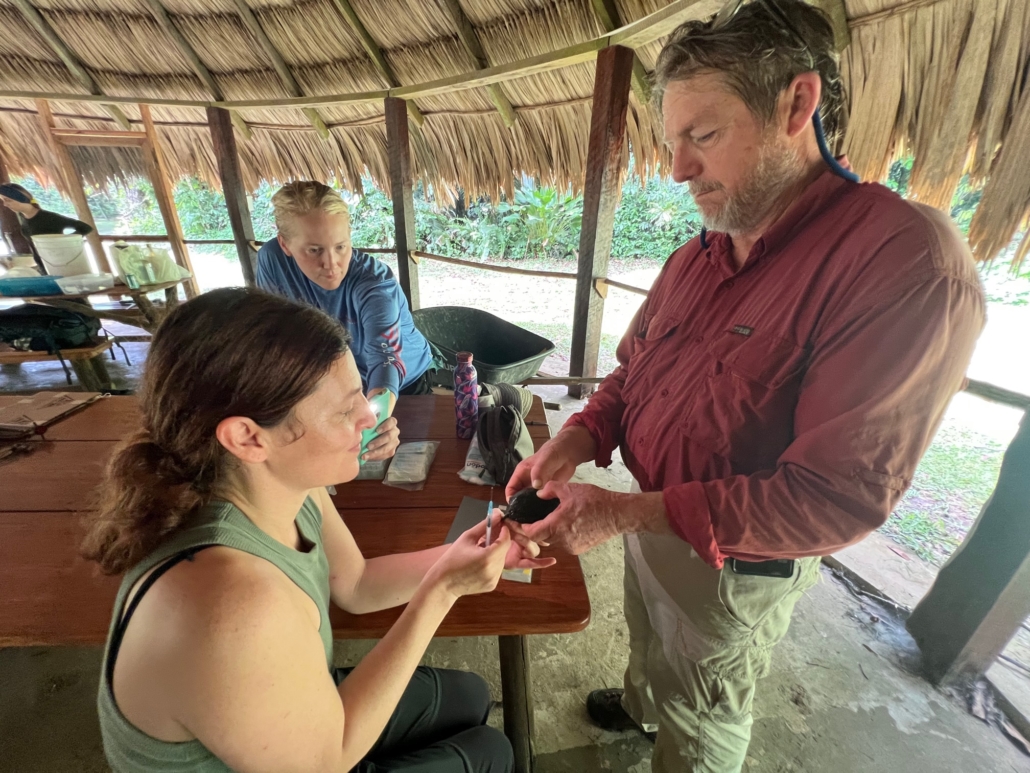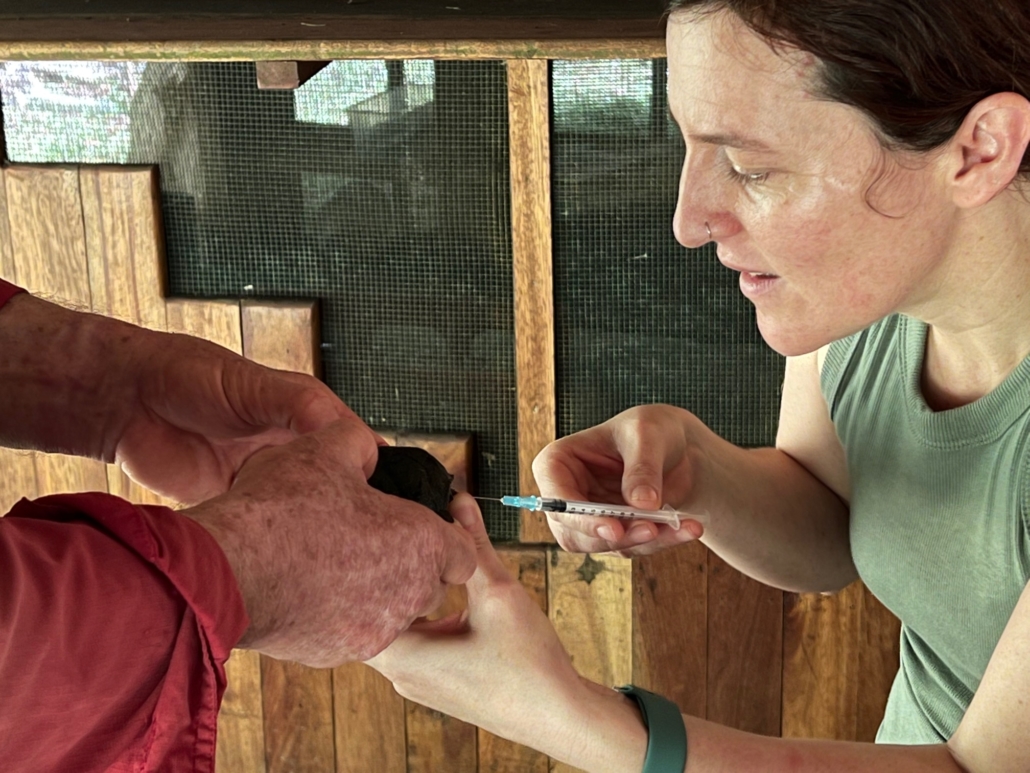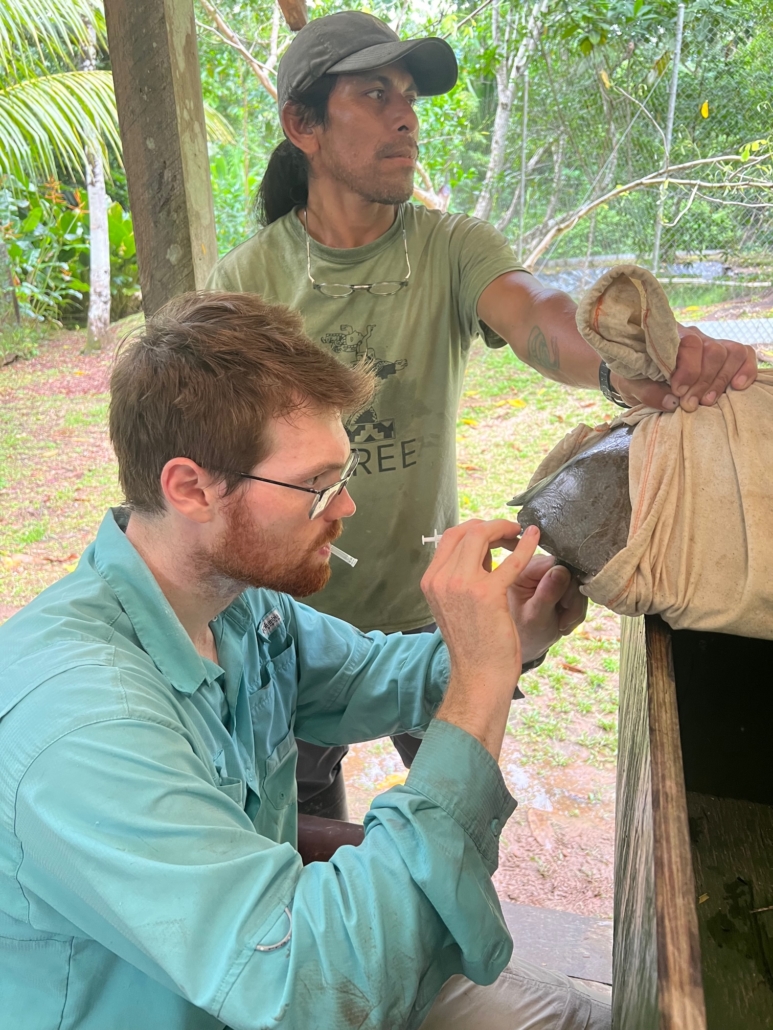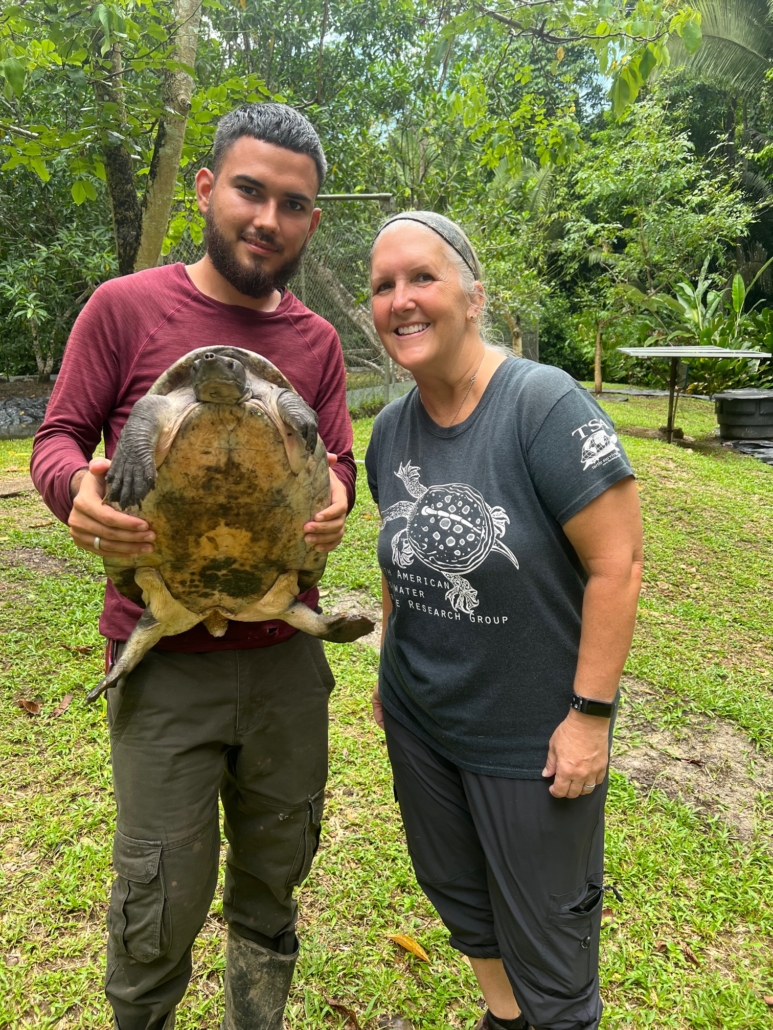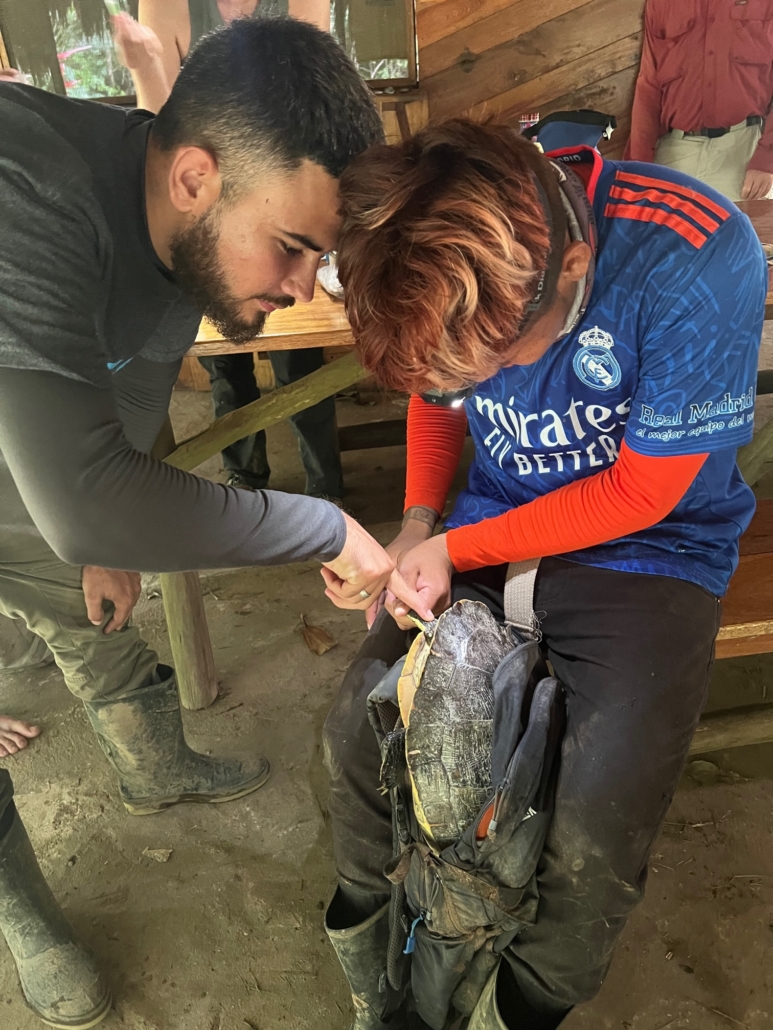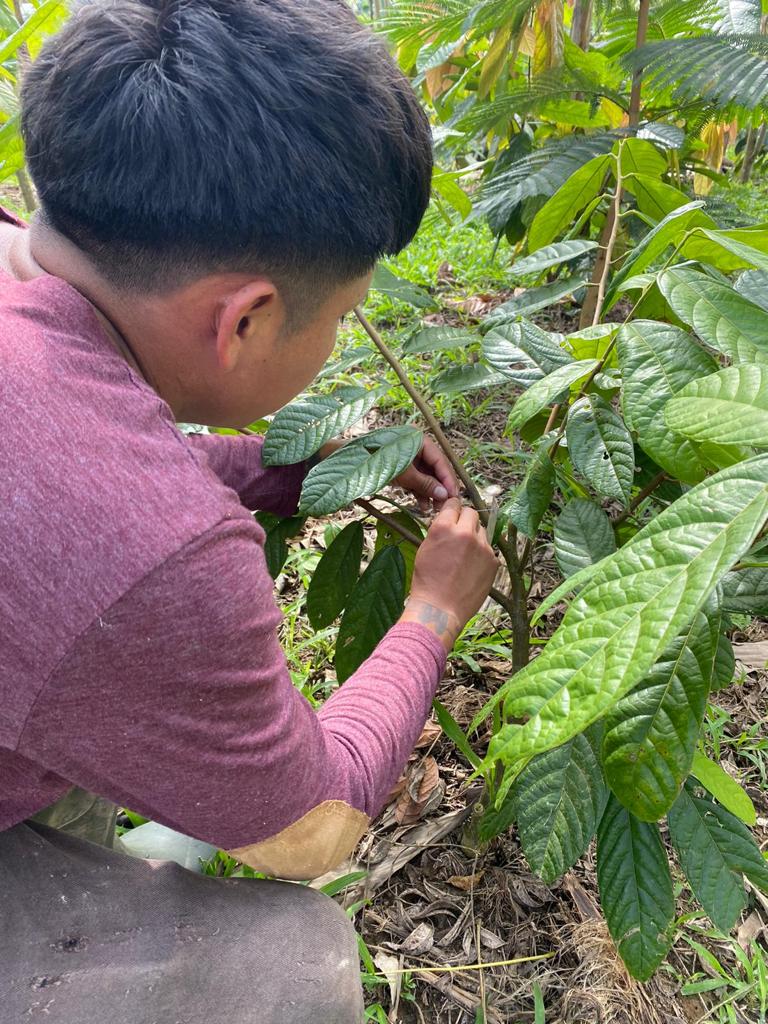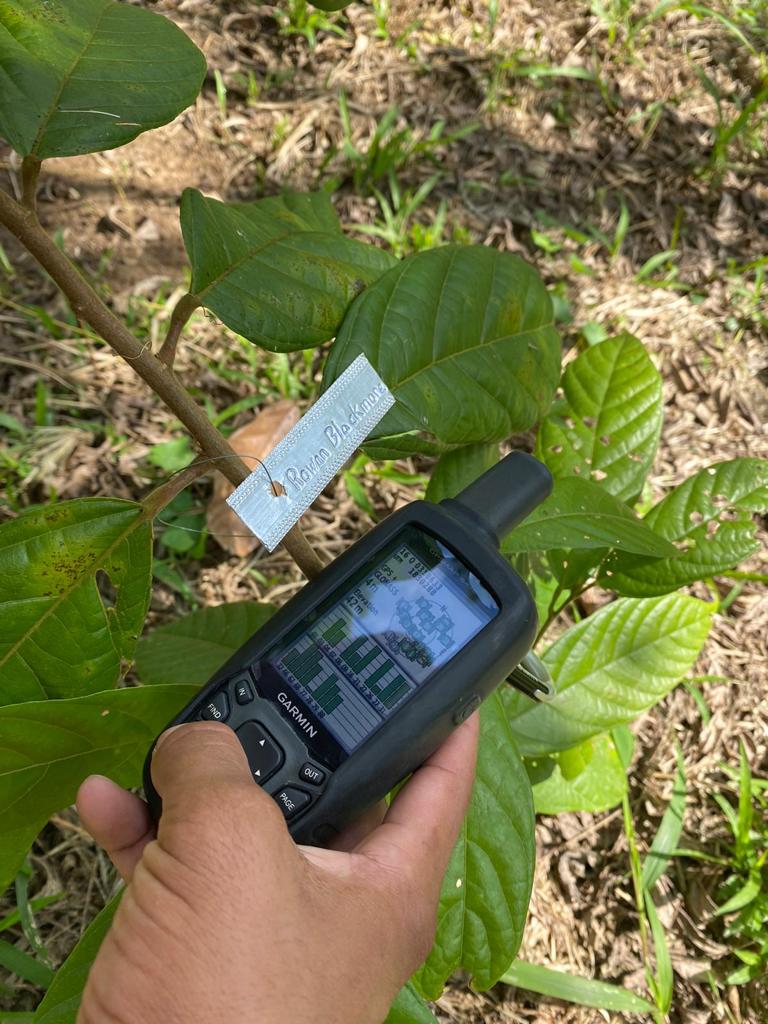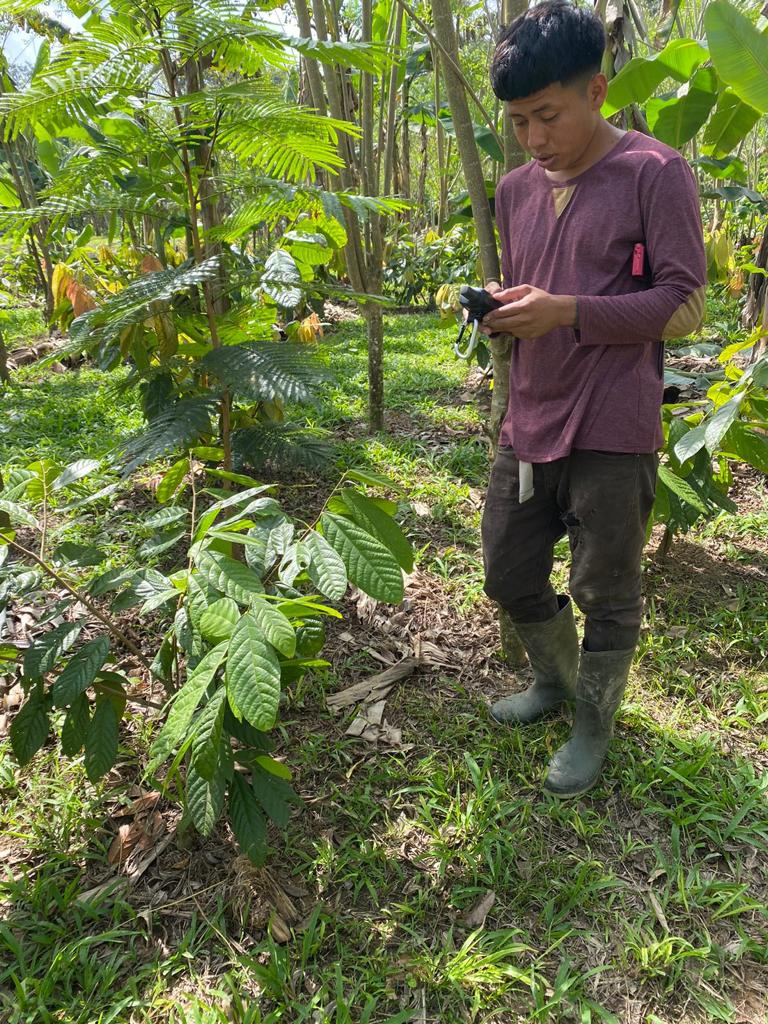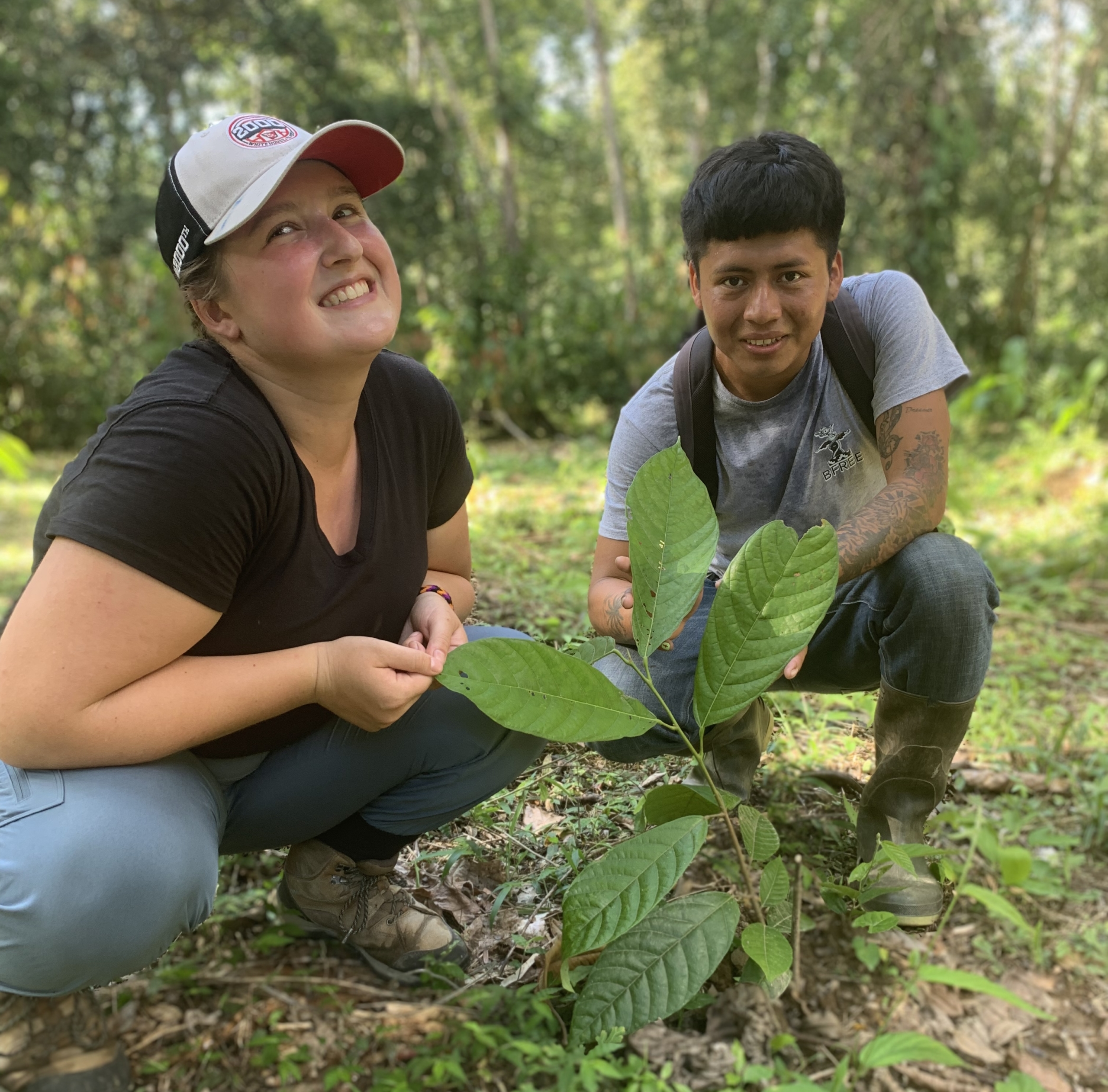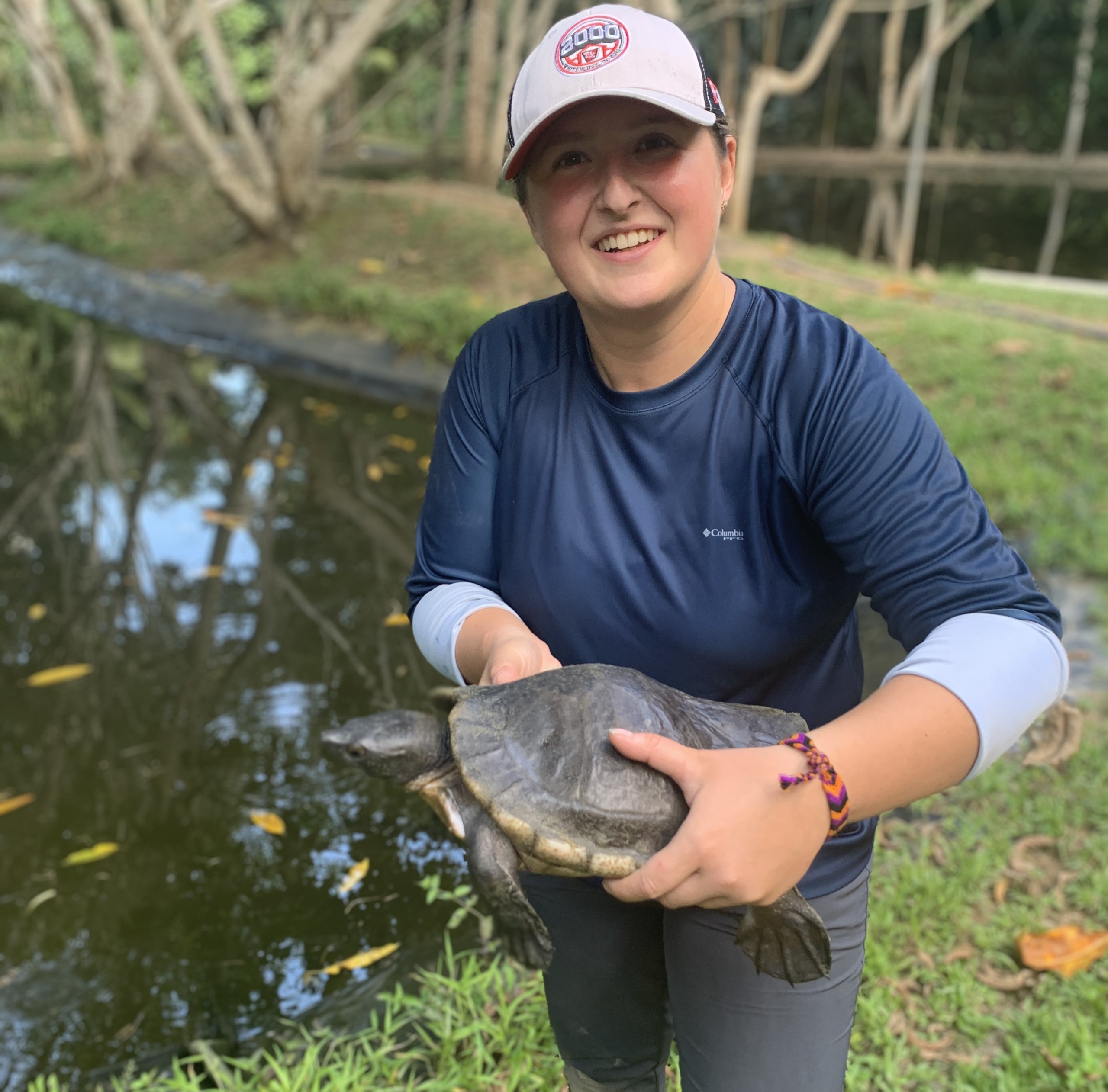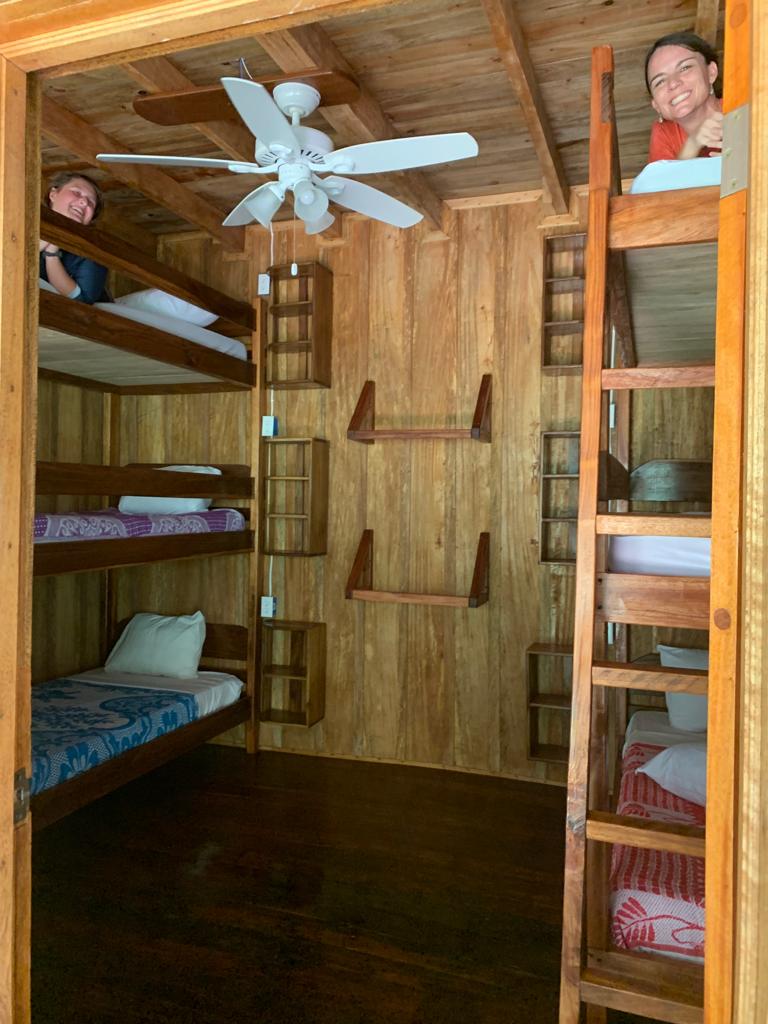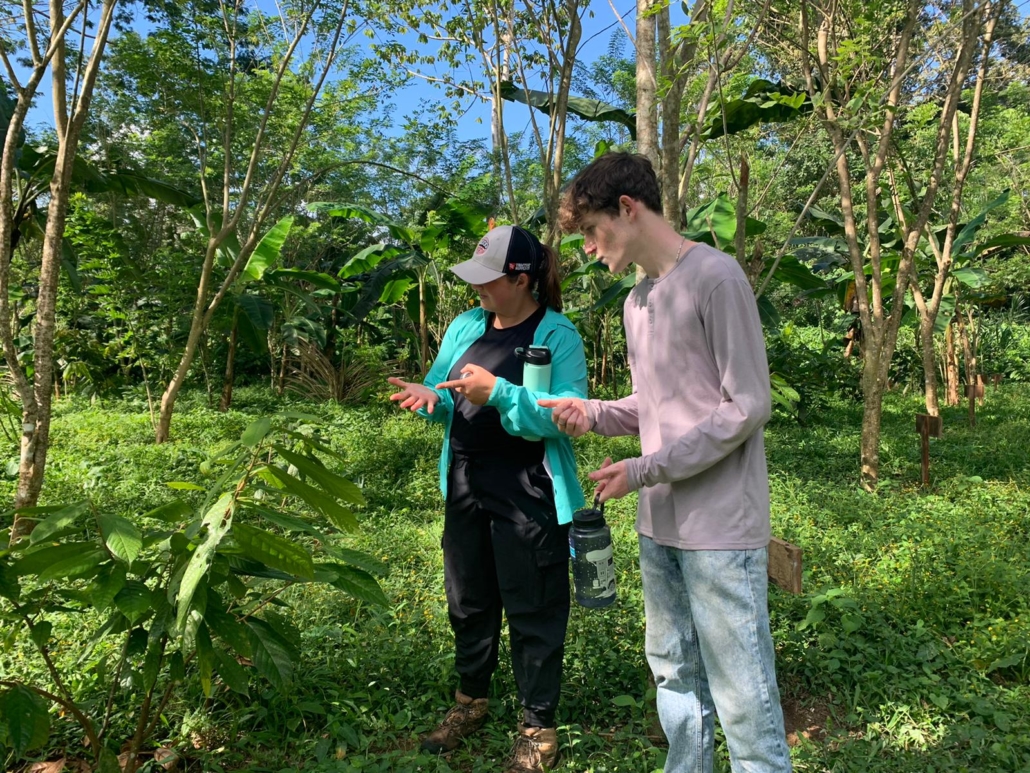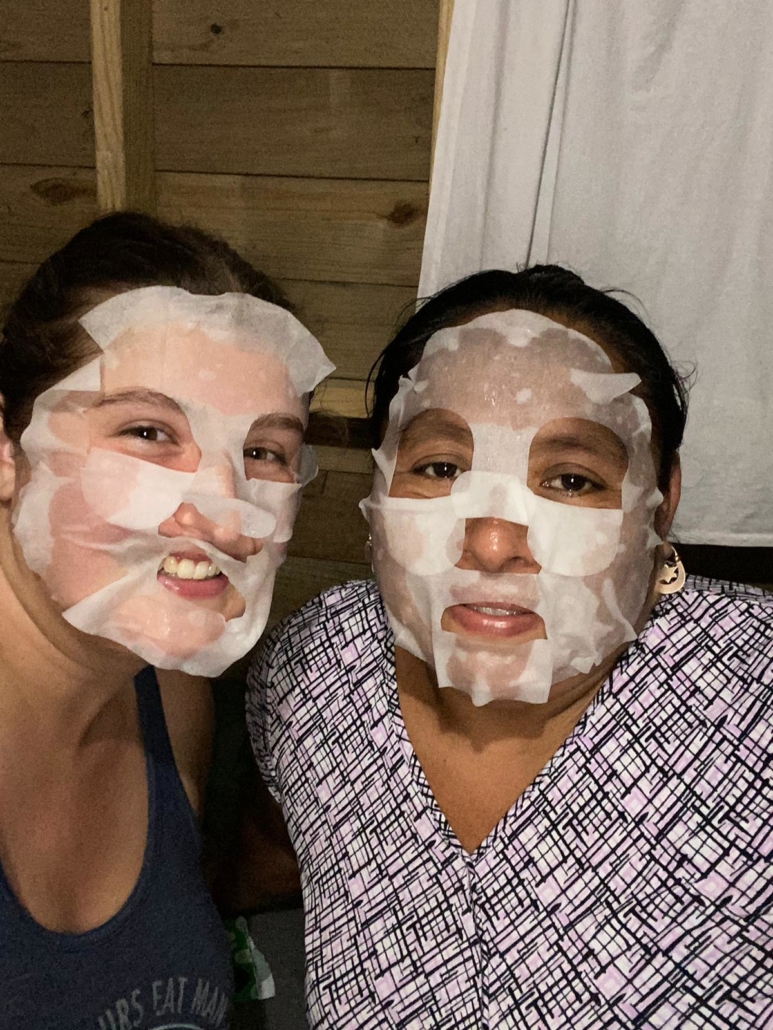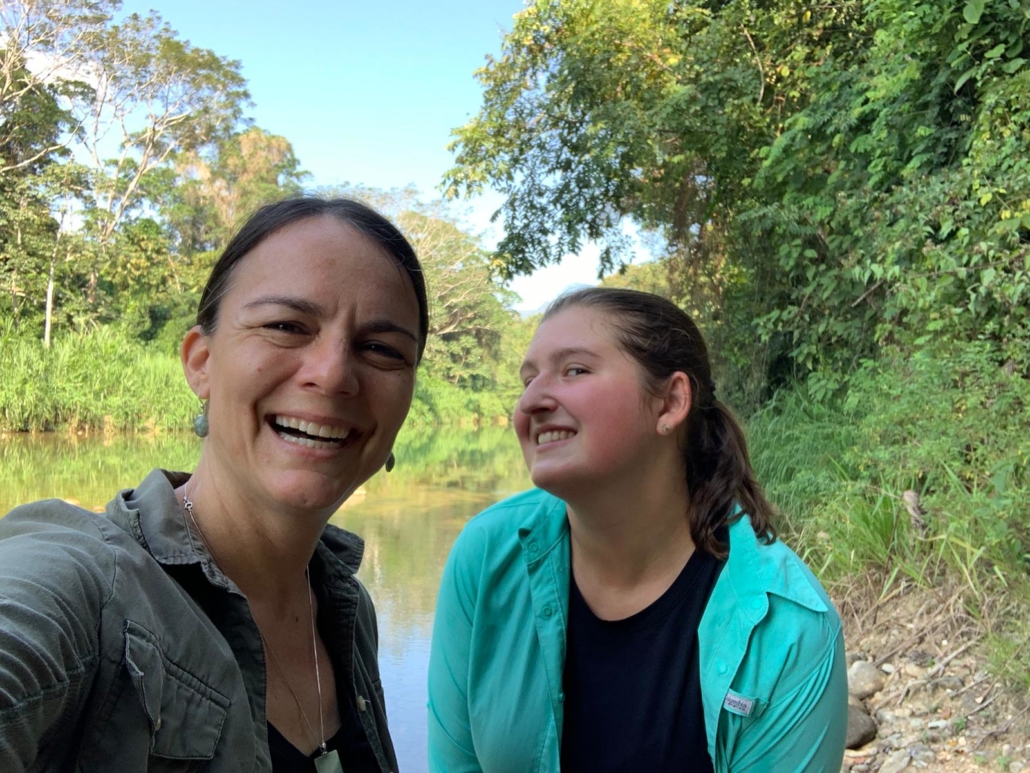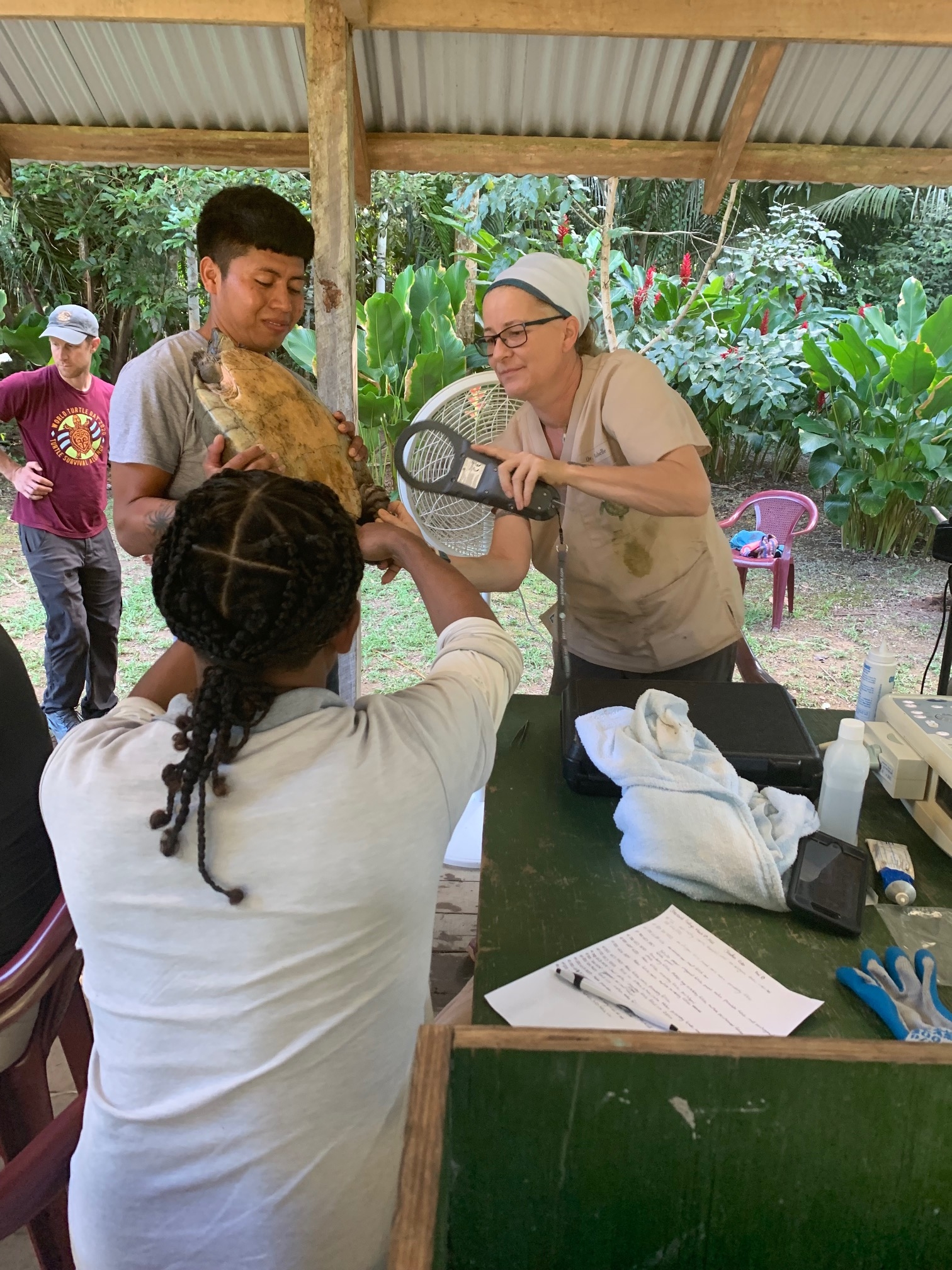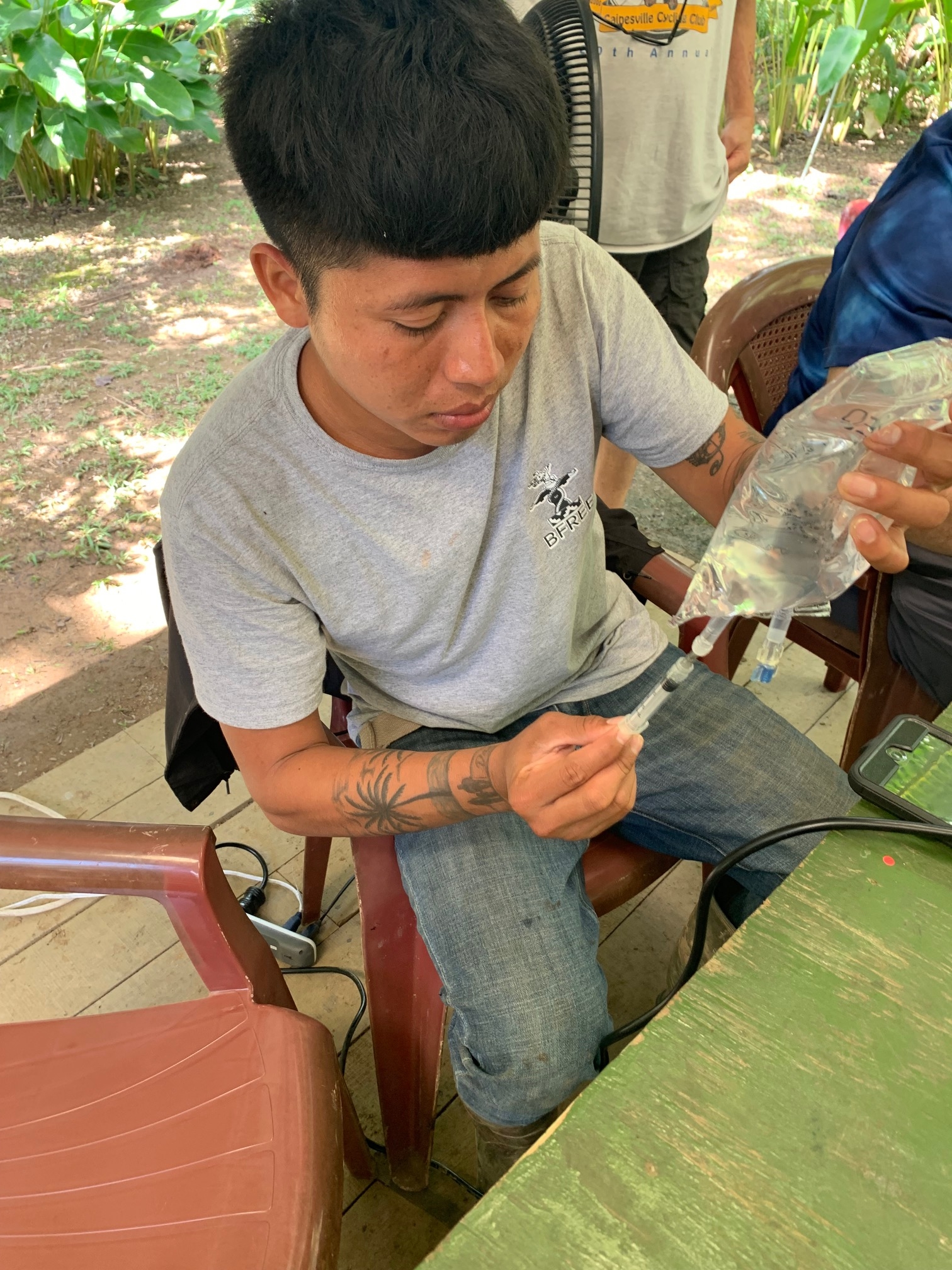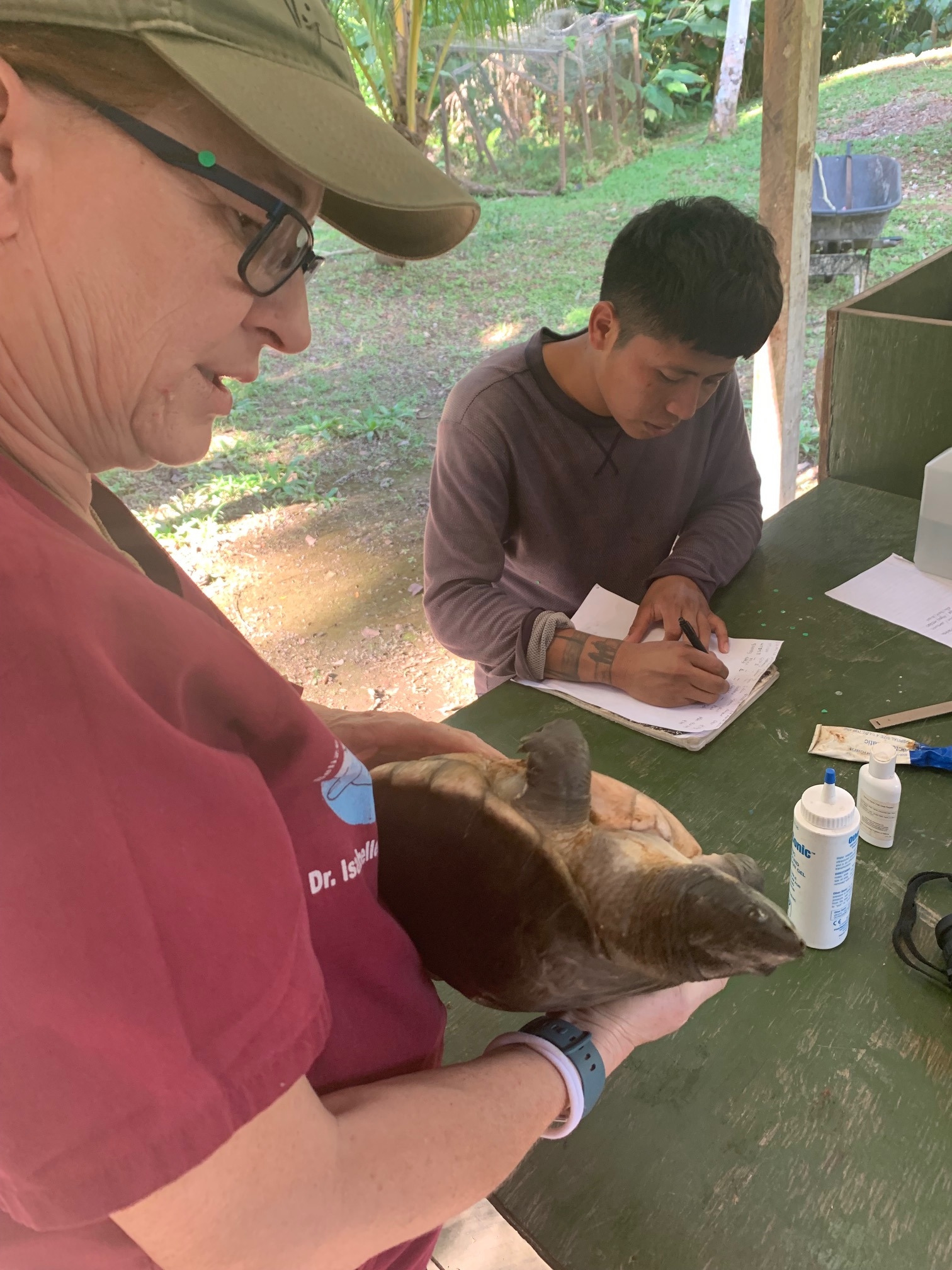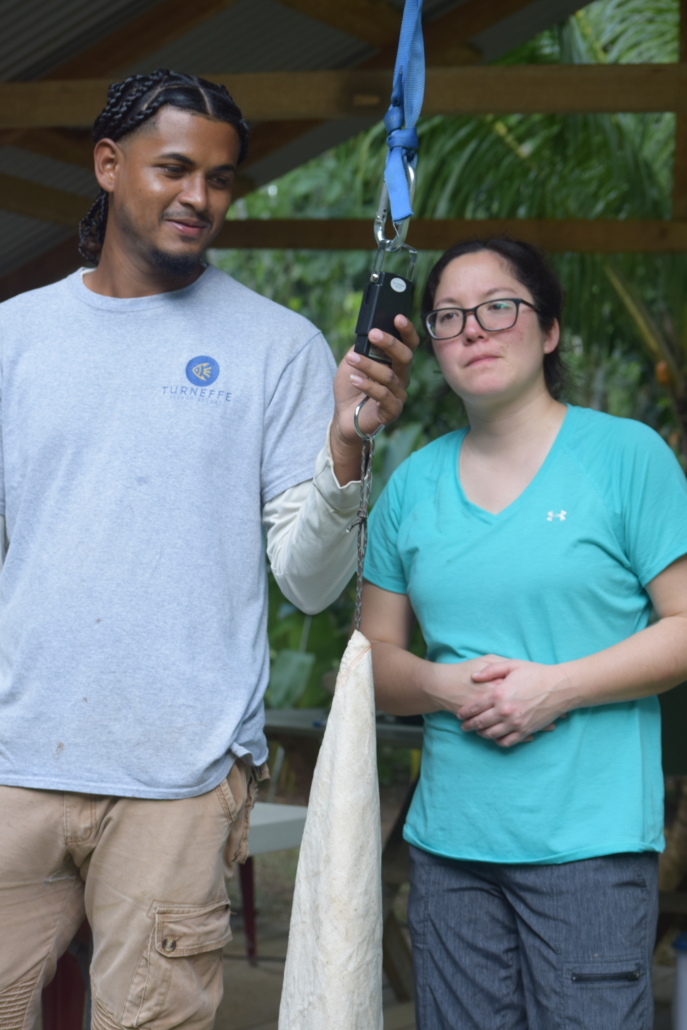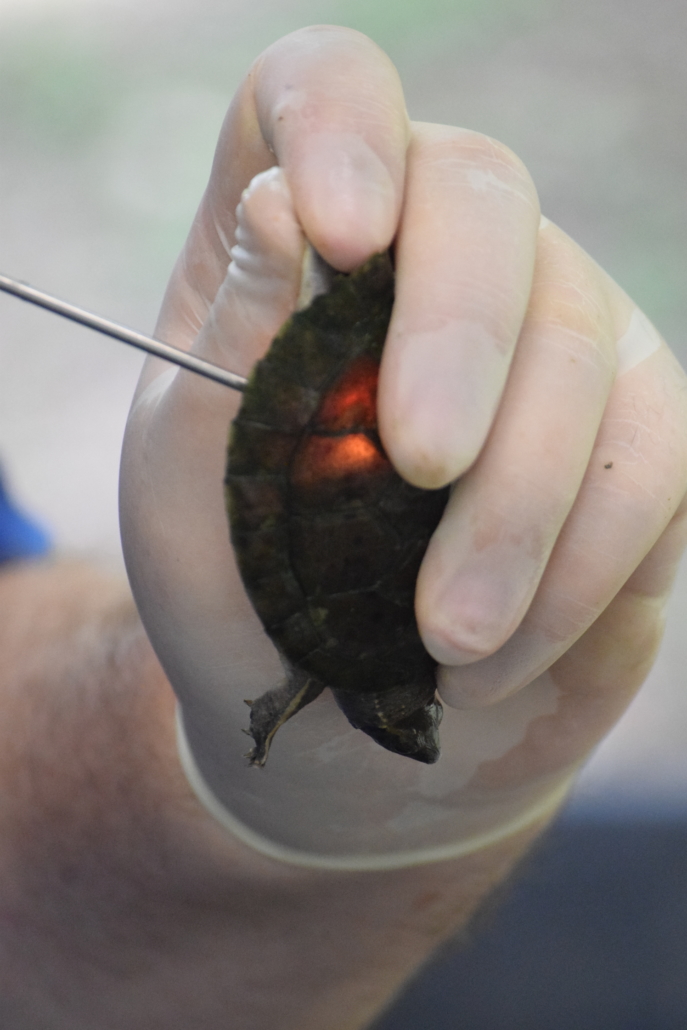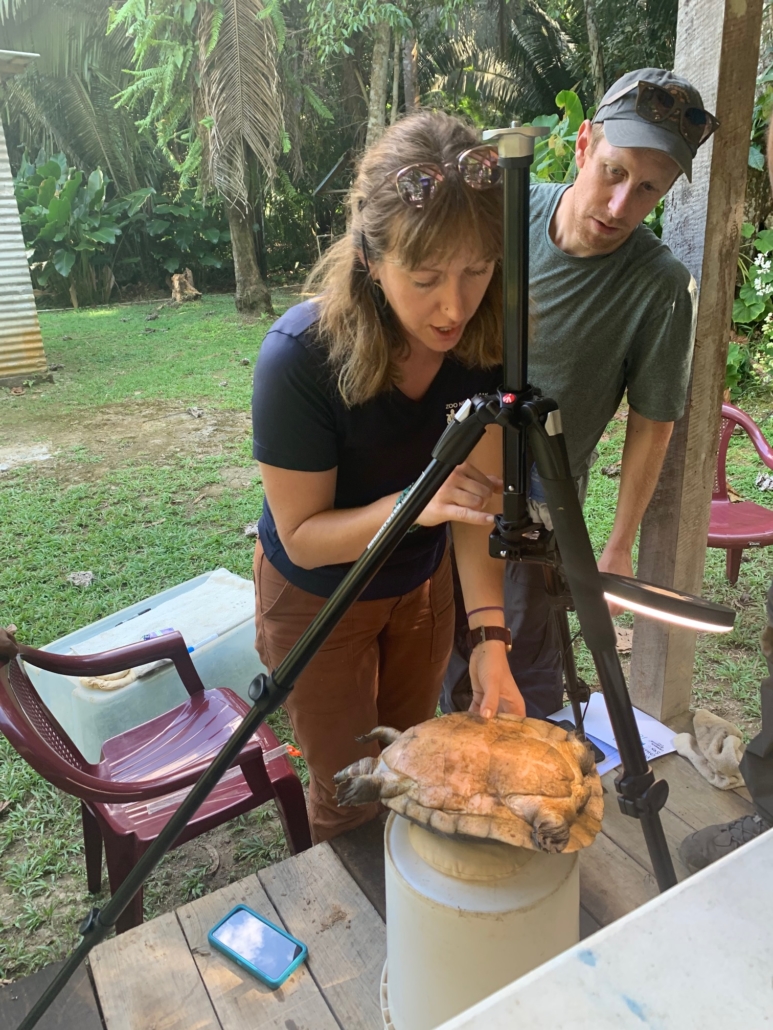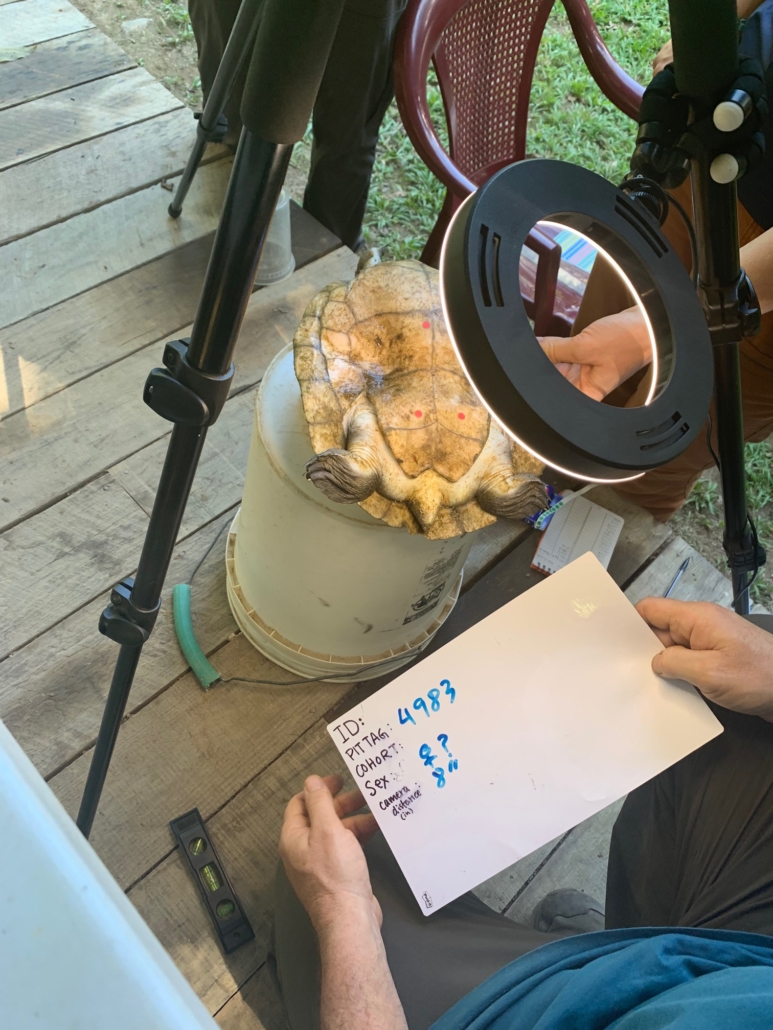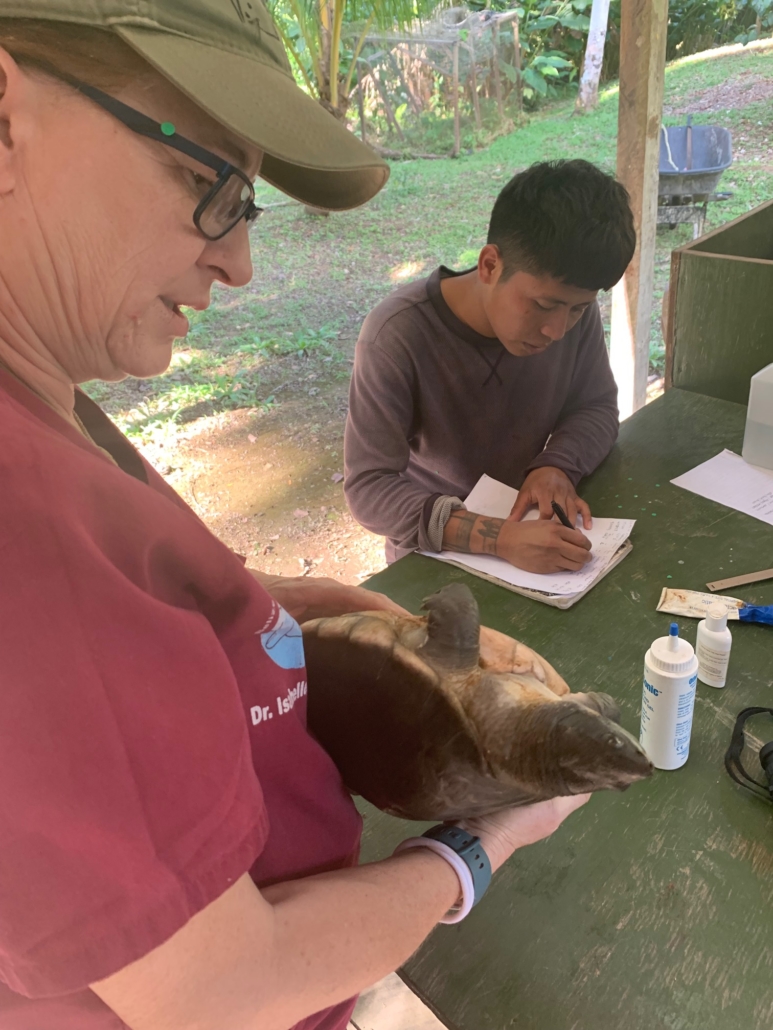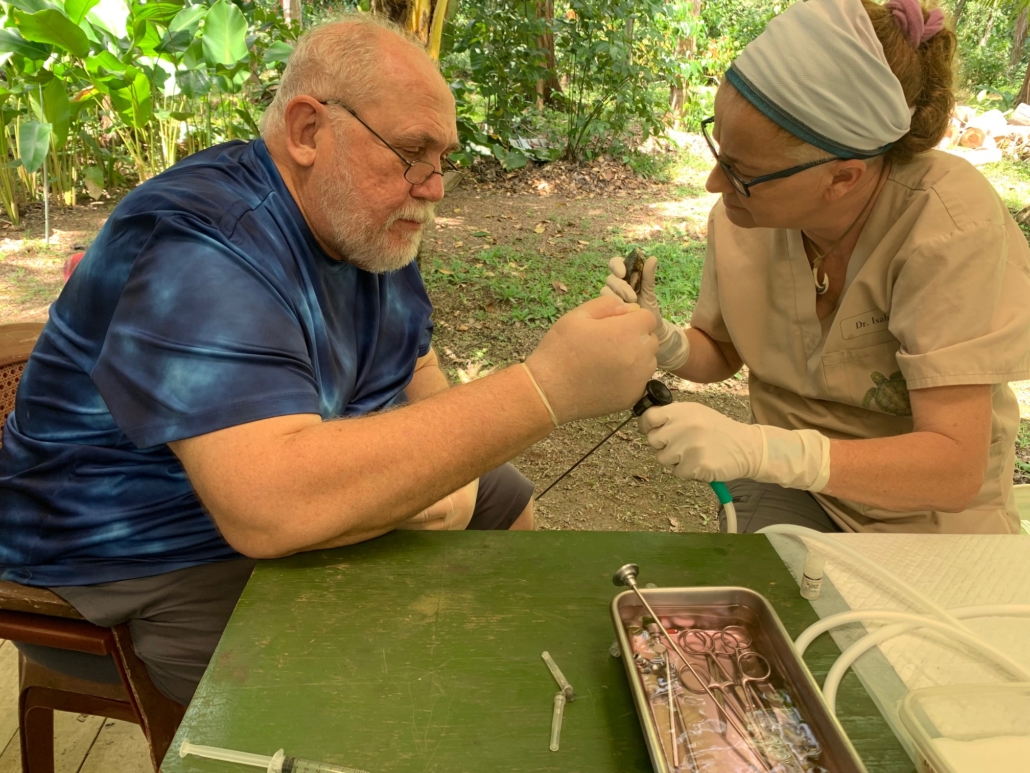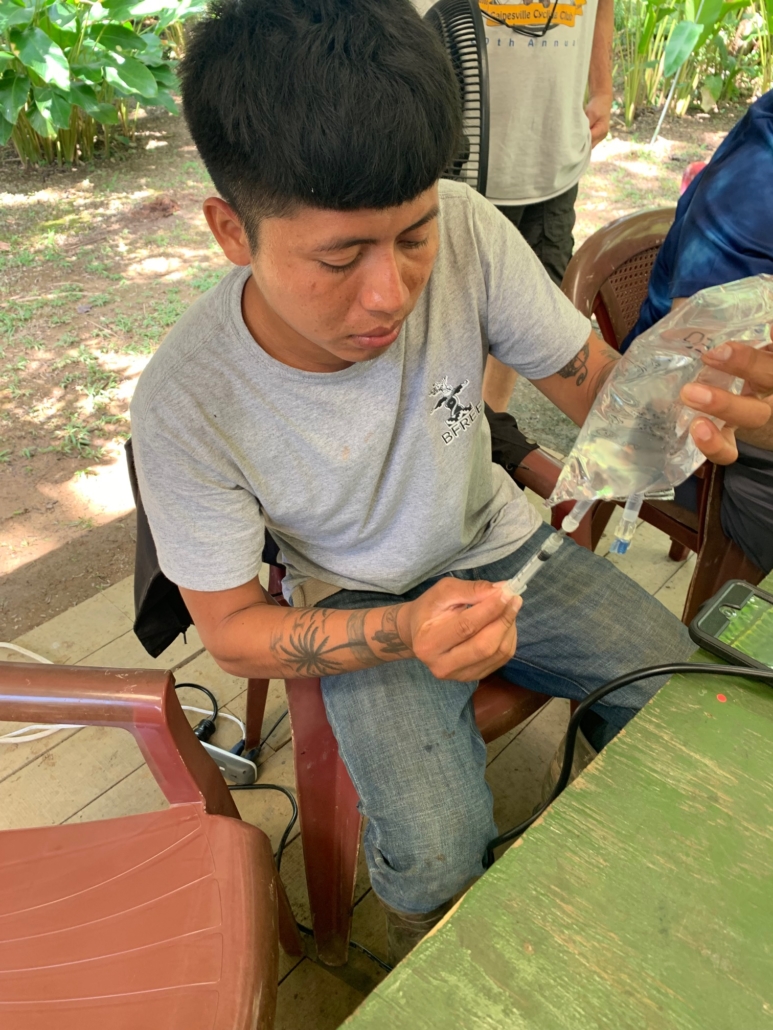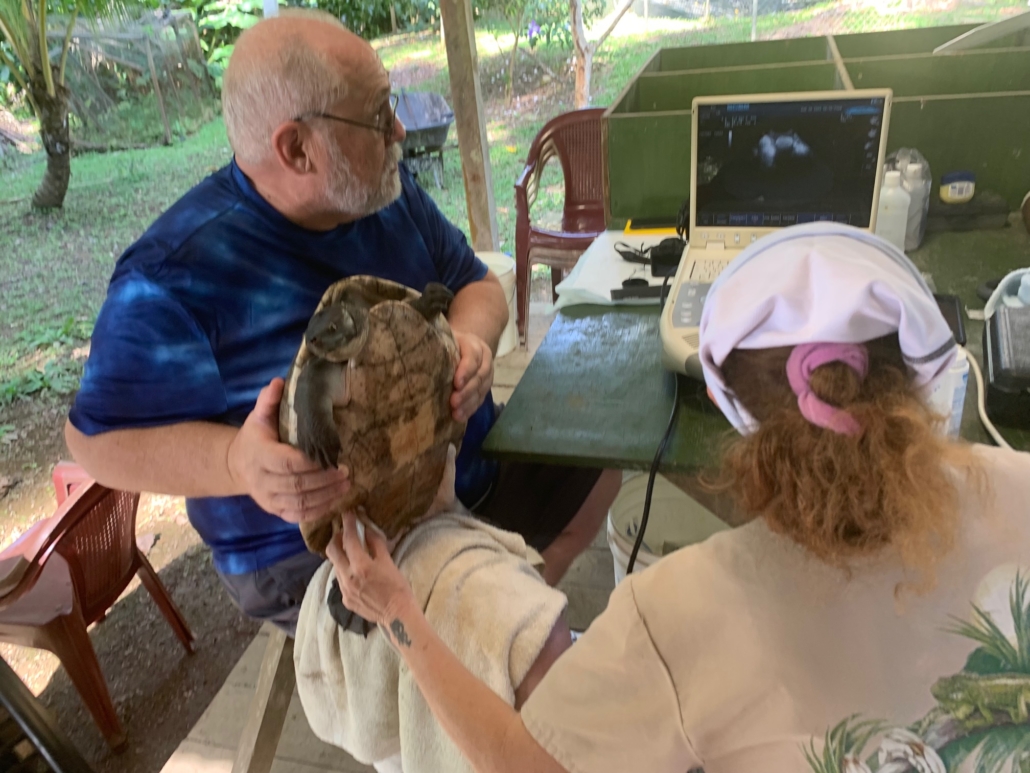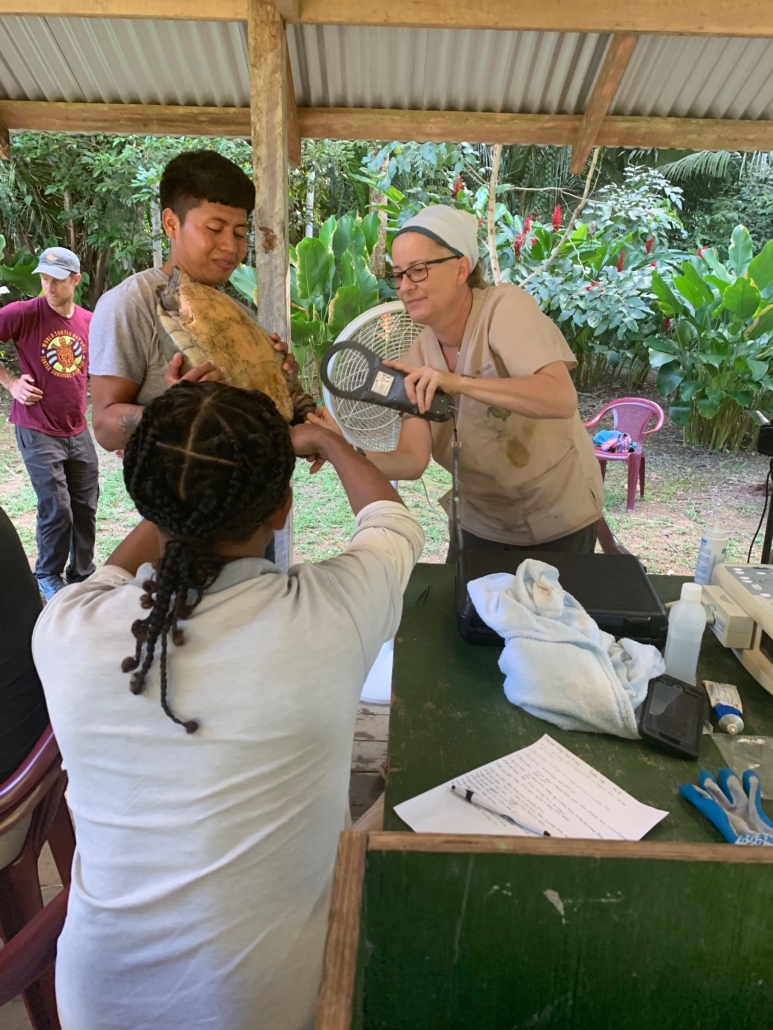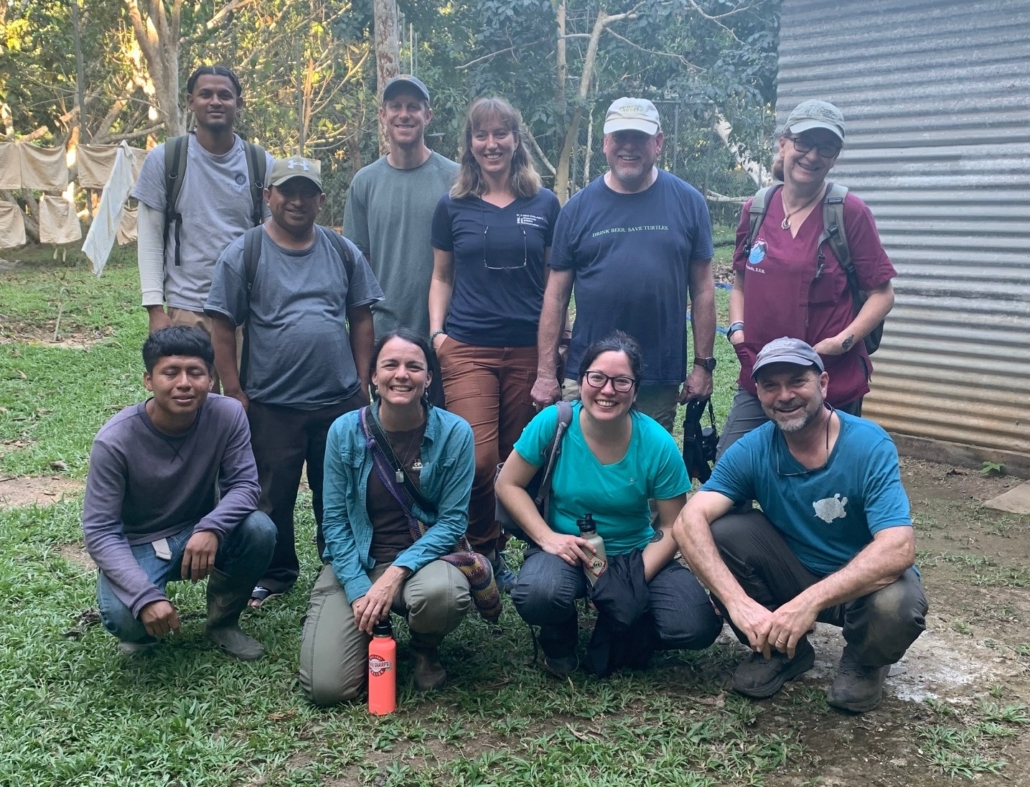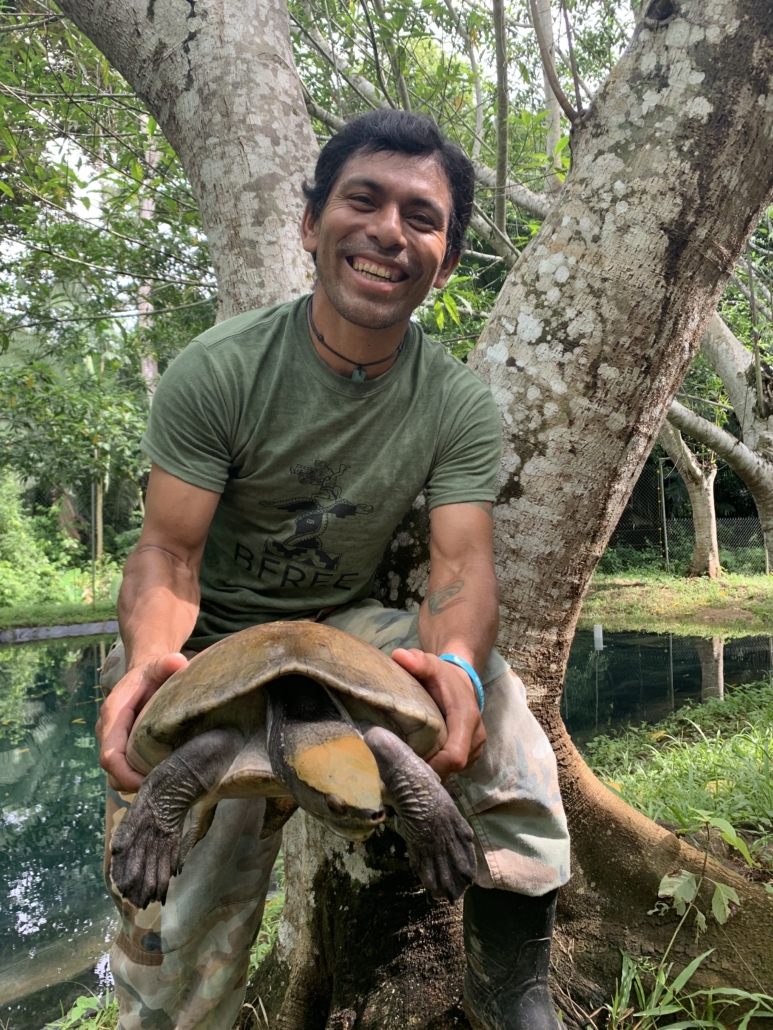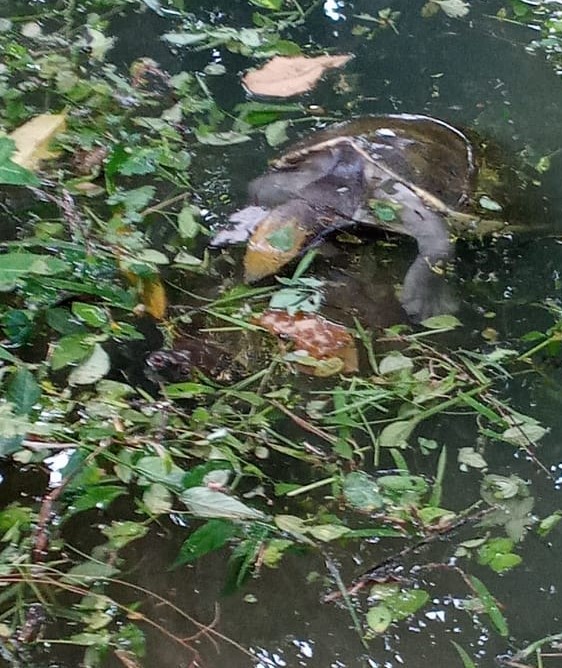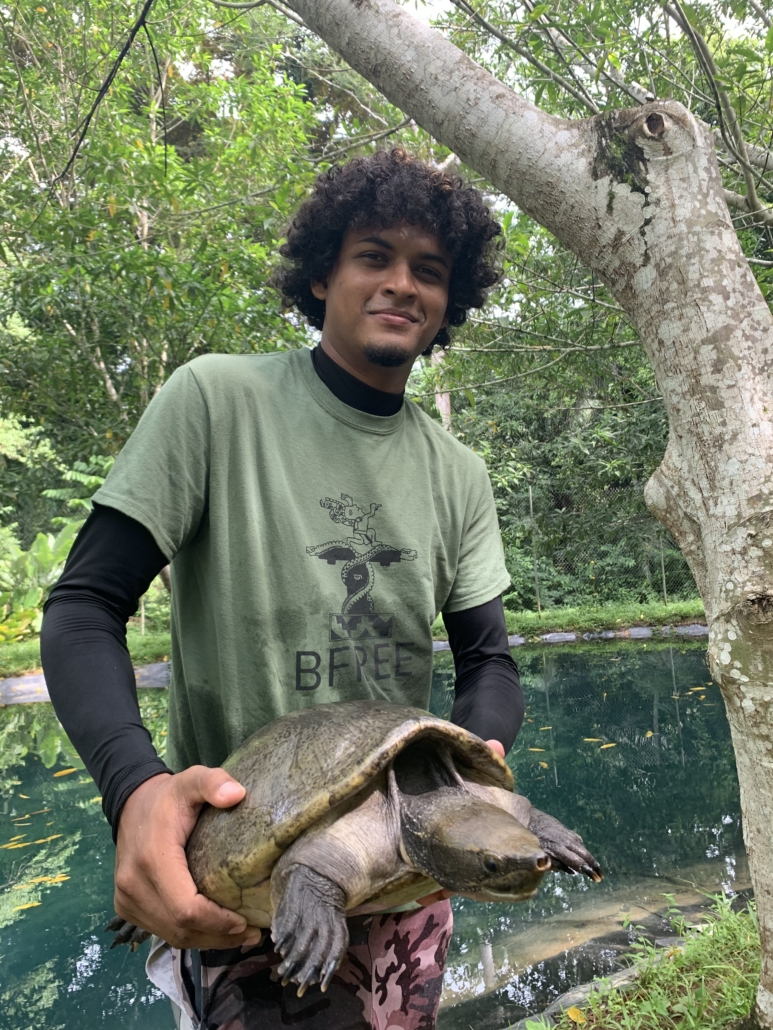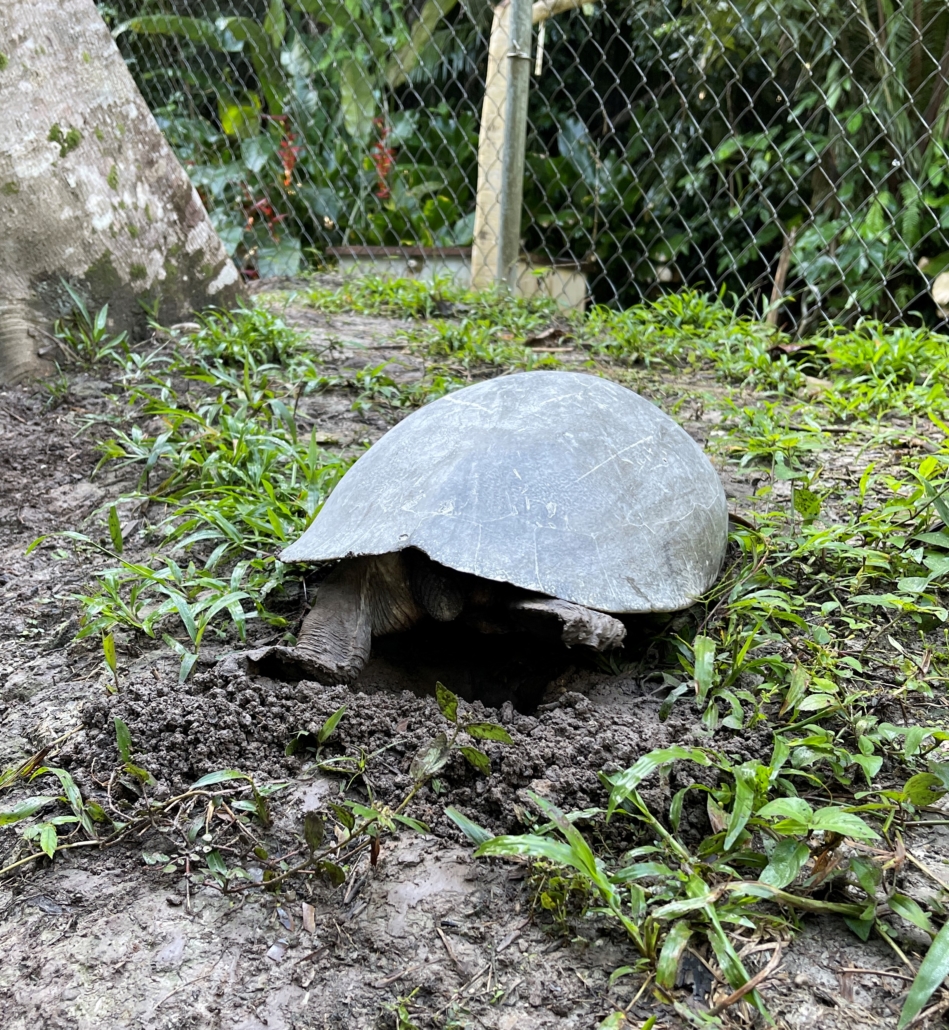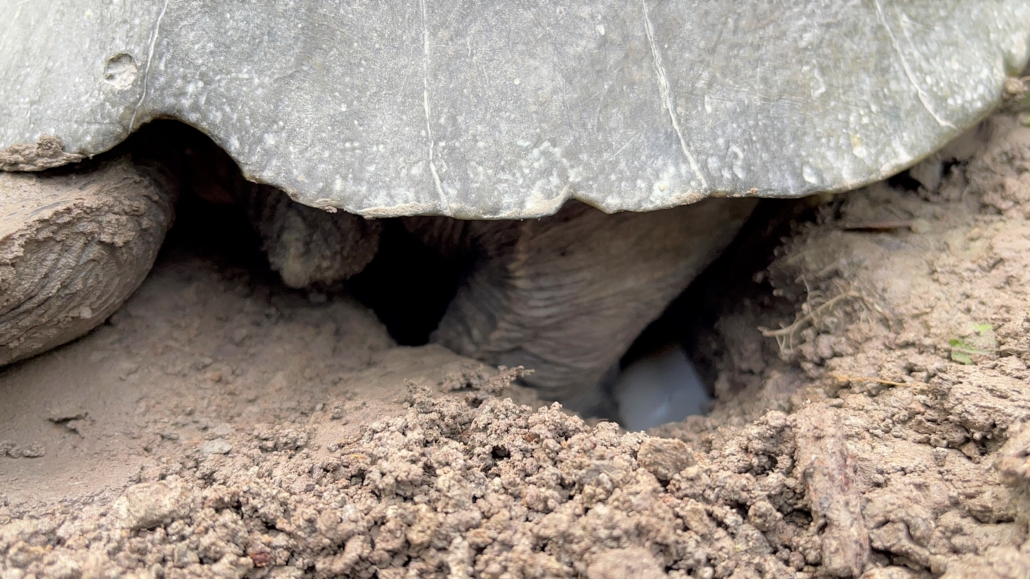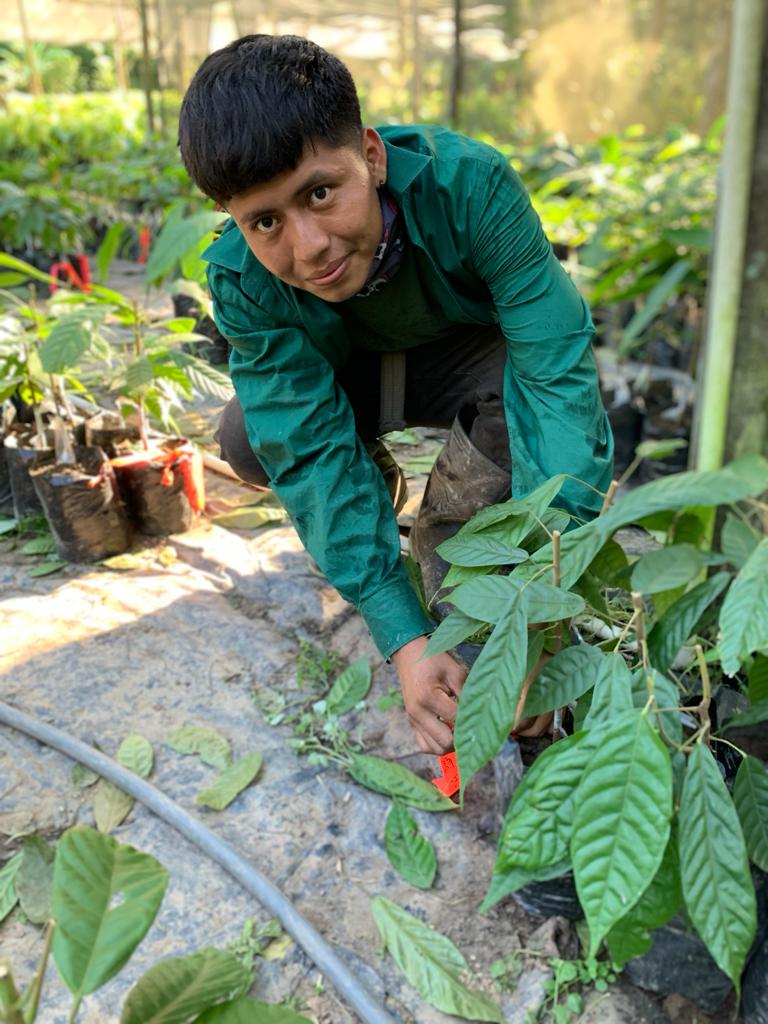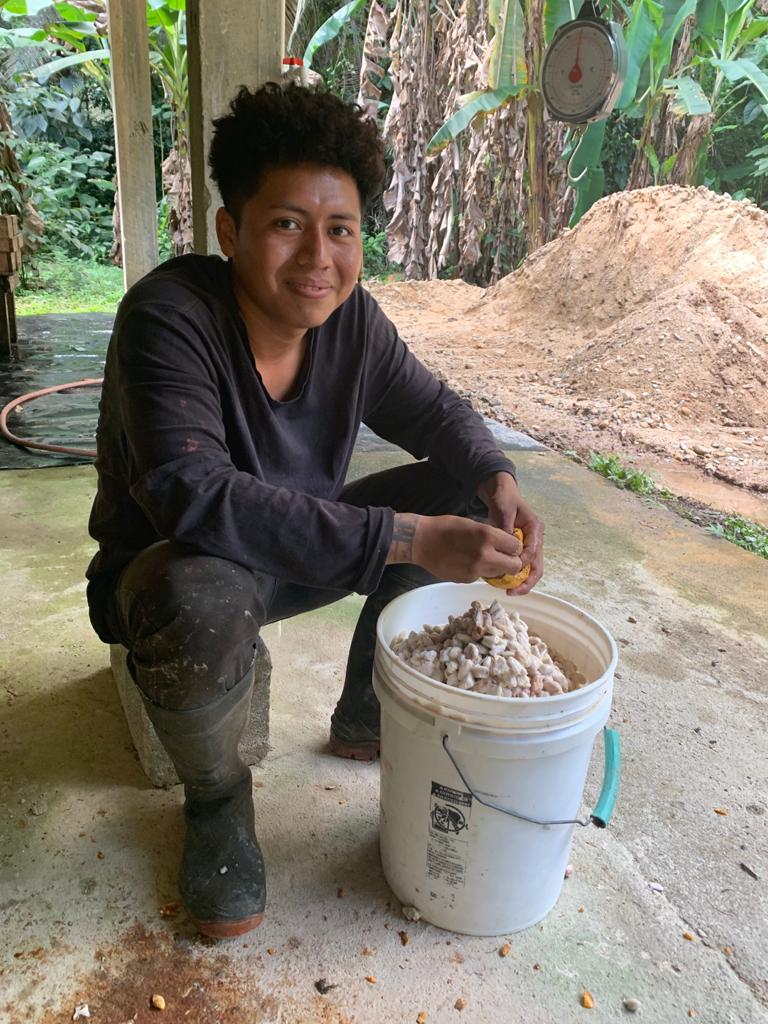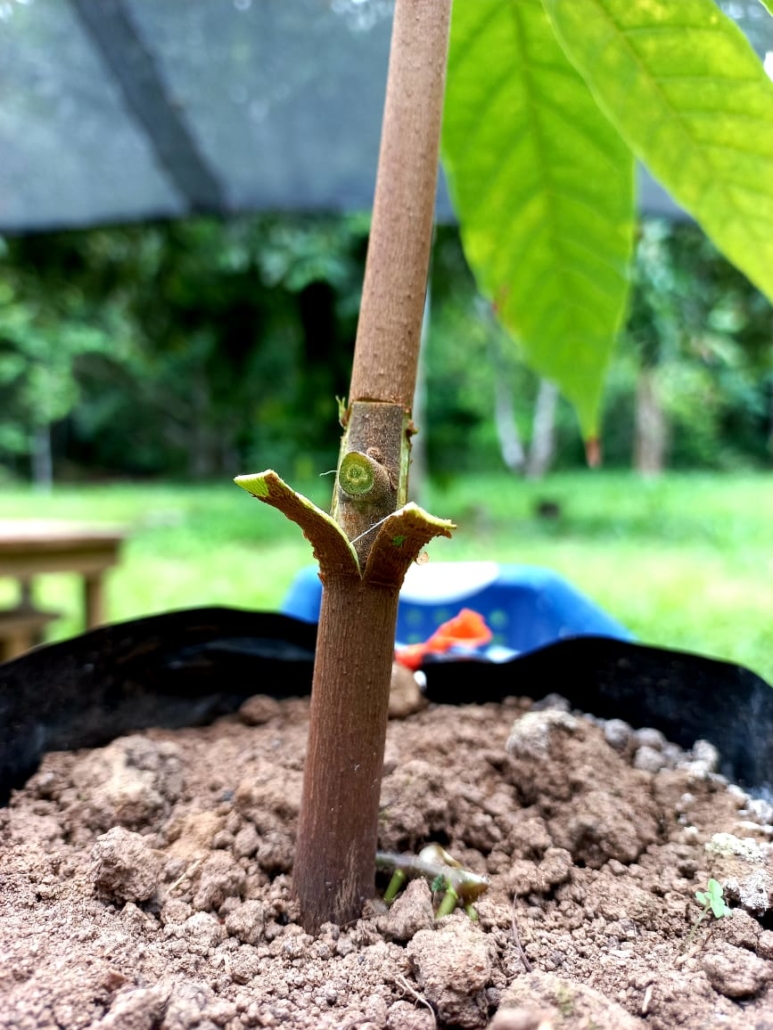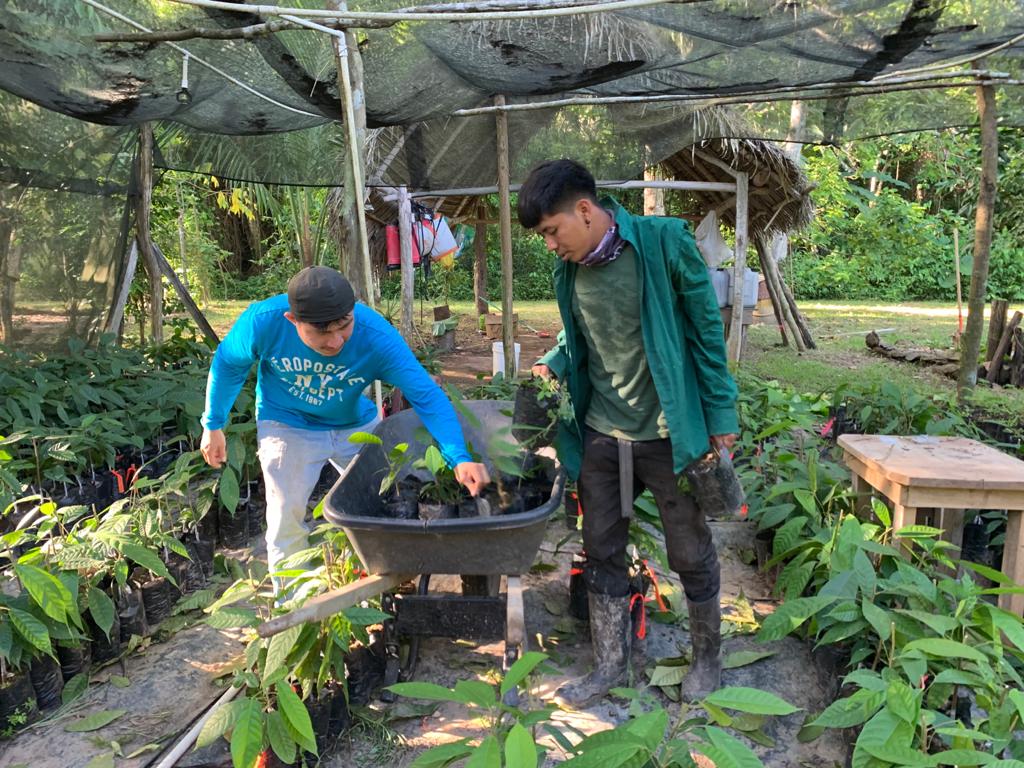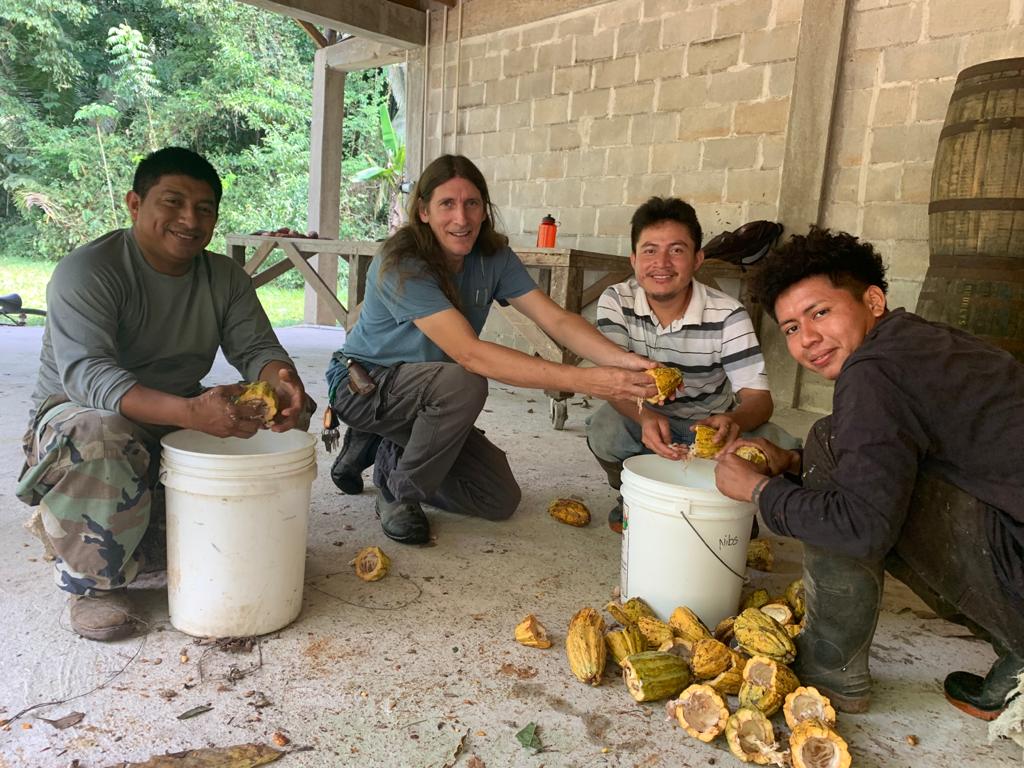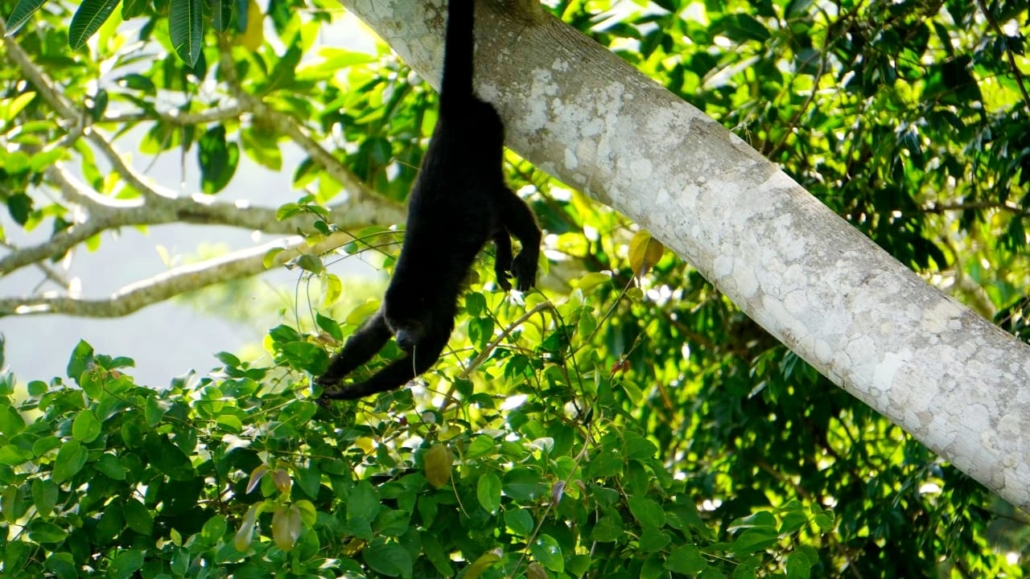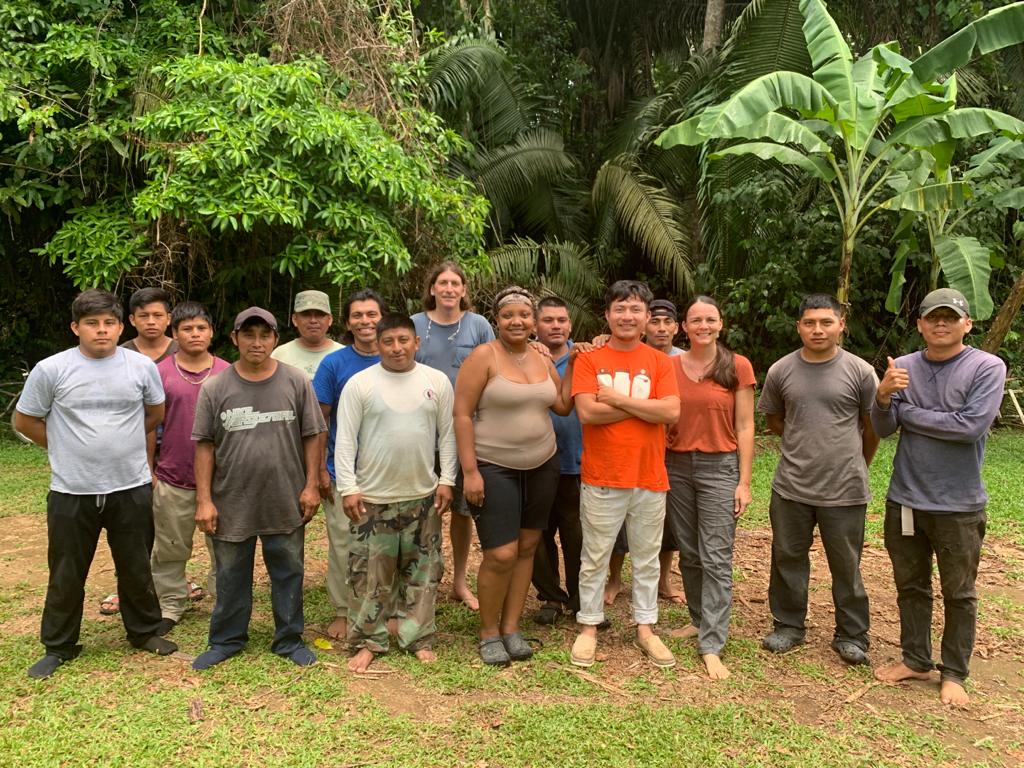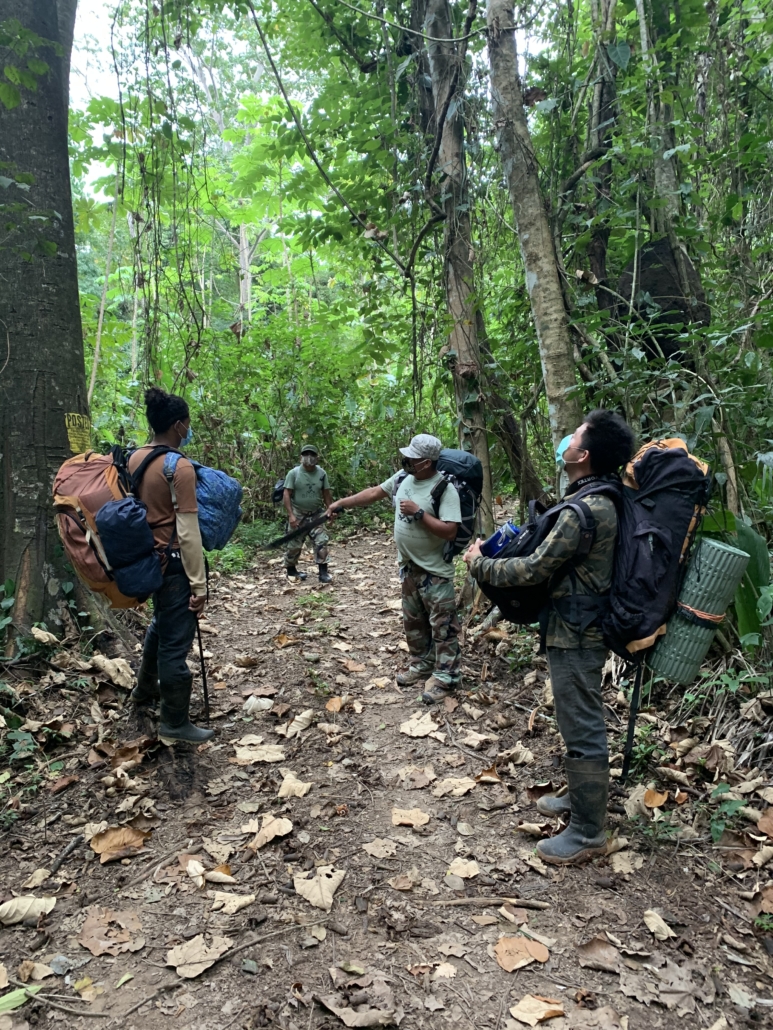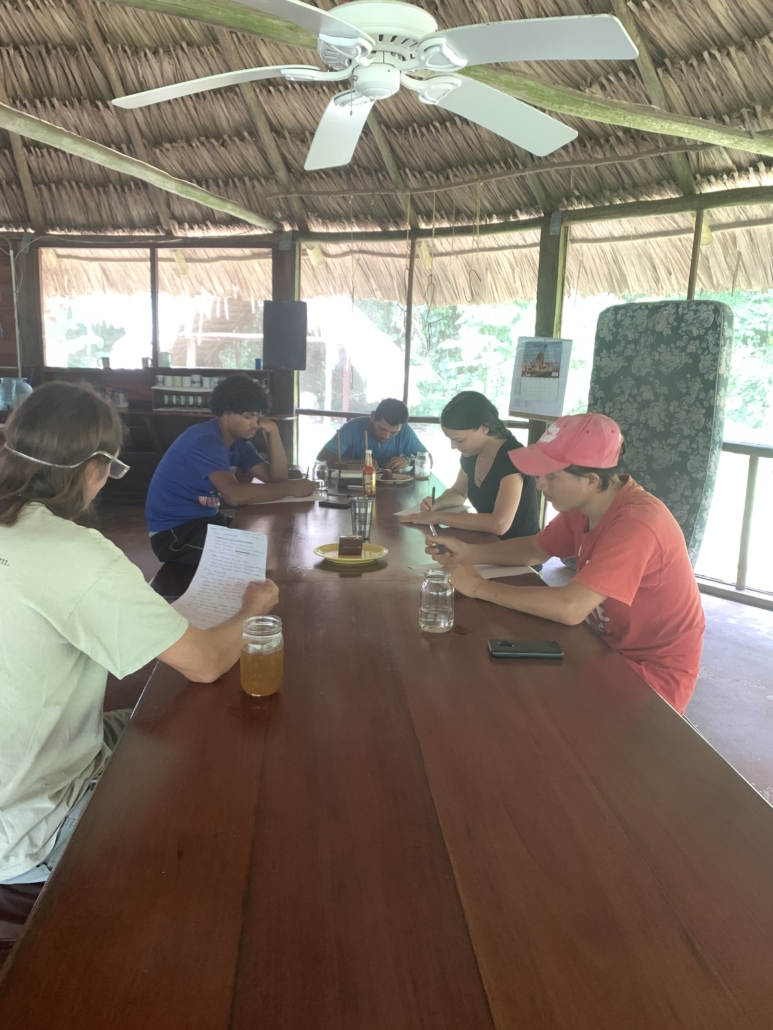Introducing BFREE’s Newest Fellow, Barney Hall
We are proud to introduce BFREE’s newest addition, Barney Hall. Barney has joined the BFREE Science and Education Fellowship Program as the third Wildlife Fellow since it was established in 2017. The Fellows Program is a two-year immersive training opportunity for recent Belizean junior college graduates who exhibit leadership potential combined with a clear interest in conserving the country’s natural resources. The Program is designed to improve leadership and professional skills and build lasting, sustainable partnerships between emerging Belizean leaders, BFREE, and its many conservation partners.
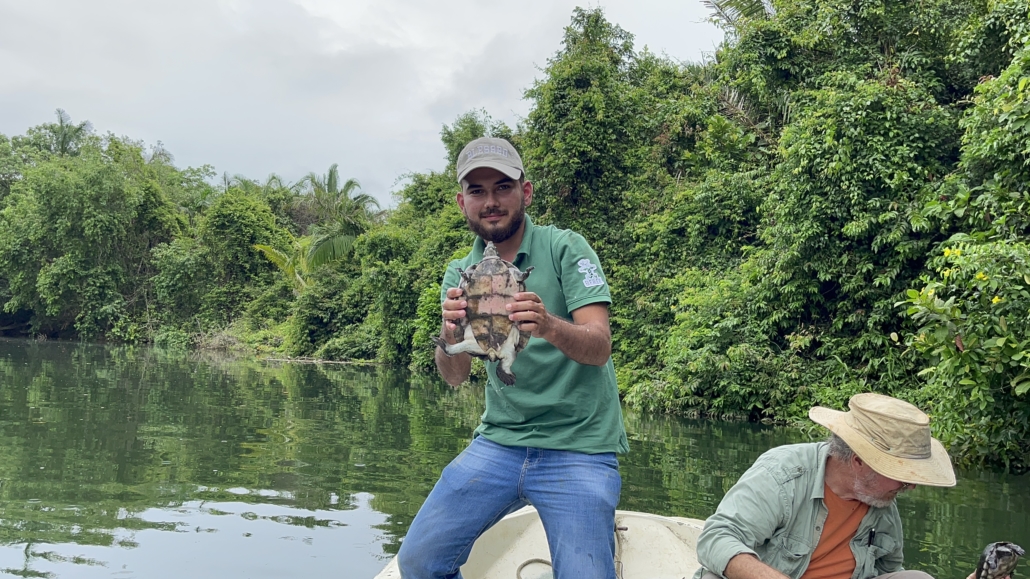
By Barney Hall
Greetings! My name is Barney Hall, and I come from a village deep in the heart of the Cayo District called United Ville, known for the location of the Orange Gallery gift shop. I live alongside the Belize River system, which has gifted me the opportunity to see many types of animals over the years. Living here has built my curiosity to explore and learn more about how these species live together. It has also made me want to be a part of protecting and finding sustainable ways to help wildlife while also keeping the water systems healthy. I graduated from the University of Belize with an associate’s degree in Natural Resources Management. If you ask anyone that knows me, they’ll say when I’m not working, I’m out in a canoe or mini-Boat with my fishing rod. I can say I’ve caught most of the freshwater fish species of Belize. I previously worked as a sales representative for a metal company producing estimates for roofing. Still, deep down, I felt I had a call for the environment and wanted to be a part of a movement to help conserve our biodiversity.
In a lecture by Dr. Pio Saqui, Professor at The University of Belize, I recall he mentioned that, at the Bladen Nature Reserve bordering BFREE, you could see the Harpy eagle roaming in the wild. It instantly grasped my attention, so I looked up the location and found a page about BFREE and had hoped to visit in the future. Then one day at my previous job, Mr. Jacob Marlin walked in, and we started talking. I remembered him from the research I had done on the BFREE website. Jacob shared that there was an opportunity to apply for the Wildlife Fellowship Program. He explained more about their work with the Hicatee, and I was so excited. I instantly applied for the position, hoping to get an opportunity to learn and become a part of this movement and start a career as a conservationist. Soon after, I was invited to start a trial week at BFREE. When I arrived, I was guided to the pond and started working, cutting fig leaves and running metal around the pond so other species of turtles would not enter. Jonathan and Tom explained the road they have been on over the last several years working with the Hicatee and all their epic moments. I was even more excited and ready to join their growing movement of making a difference in Belize.
After my week-long trial, I was officially offered the two-year Fellowship Program. I knew that accepting this position is a start to building a career. I love freshwater systems because of where I grew up, and I have seen the population of the Hicatee decrease over the years due to human overharvesting for meat gain. I’ve seen poachers go with canoes and chains, shaking the chain as a technique to confuse the turtle in the eddies and deeper parts of the rivers, making them surface and grabbing them quickly, taking large amounts at a time. The Hicatee is the last remaining species in the family Dermatemydidae, and if no action is taken, we could lose this species forever.
I’m most excited about BFREE’s educational campaigns, raising community awareness, issuing brochures, flyers, stickers, videos, and much more as part of their outreach programs to help change human behavior towards the Hicatee. I’m also excited about the fieldwork that I will participate in over the next two years. I know that I will also learn a lot from the bi-annual health checks, egg hunting, the process of incubating eggs until they hatch, all the weighing and measuring, and the surveys to be done.
I’ve already had a very busy first month as a Fellow. I was very fortunate to participate in the biggest Hicatee turtle release in Belize to date. It took us one week to prepare for that release. First, we removed turtles from the rearing pond at the HCRC. The process began by putting them in tubs and then measuring and weighing each turtle; this data is important to compare when searching for those released turtles in the wild. Tom, Jonathan, and I got up at 5 AM to prepare by packing the turtles and canoeing them across the Bladen River because the water level had risen, and we could not walk across the river. We headed to a river settlement where we met up with Dr. Ed Boles, who joined us in releasing the turtles. I feel very fortunate to have had the opportunity to meet a leader in freshwater conservation within my first month of the program. Dr. Ed pours his heart out into investigating issues and trying to develop solutions to help freshwater systems all over Belize. He has done many visits to local communities to try and establish community-driven forces in monitoring species. We released over 120 turtles in the Sibun River system. Watching them swim off after a long process of raising them makes you a little emotional because you want the best for them and want them to survive and grow, but there in the wild is where they belong and have a better chance of growing faster.
I would have never expected to do so much in so little time, but all I can say is that the journey has begun, and it’s been a great blessing making a difference for the Hicatee turtle. I’ve developed a newfound love for the Hicatee turtle and look forward to learning more about them through this fellowship program.
